EU VAT Rules for Low-Value Goods: Understanding VAT Exemption, IOSS, and VAT Thresholds

The European Union (EU) has undergone significant changes in its approach to the taxation of imported goods. Historically, low-value goods (LVG) were VAT exempt to simplify customs procedures and encourage cross-border trade. However, due to the growth of the e-commerce market and the increase in VAT fraud and evasion, the VAT exempt status for importing small consignments of low-value goods changed. Taxable persons both inside and outside the EU customs authorities and consumers all felt these changes..
Understanding VAT Exemption and Import One Stop Shop (IOSS) for Low-Value Goods in the EU
According to the EU VAT legislation, the term Low-Value Goods was coined to cover the scope of the goods imported from third countries or territories when the value of goods/consignments is below the VAT threshold value which was set at EUR 22. Practically speaking, if the value of the imported goods is below the VAT threshold, the goods will be tax-exempt. This practice gave non-EU established businesses a competitive advantage compared to local businesses that in most cases have added VAT on the same supply. Introducing low-value goods within the tax framework made the Union more attractive to foreign distance suppliers. From then on, they were “graced” from the administrative and customs hustle when shipping goods to their EU-based customers.
E-commerce was introduced on July 1, 2021. The reform also introduced significant changes concerning the taxability rules surrounding low-value goods i.e., import customs and VAT on imports imposition rules. The provision concerning importing low-value goods with a value up to EUR 22 as tax-exempt has been made obsolete. Starting from the abovementioned day, the EU-wide VAT threshold of EUR 150 has been introduced to import low-value consignments from third countries or territories into the Single Market. If the value of the consignment is below the stipulated threshold, the VAT should be levied at the point of sale rather than at the import point. This standardization has significantly reduced the administrative burden that suppliers, buyers, and customs have previously experienced for supplies of this character.
How the EU's VAT Threshold and VAT on Imports Affect Low-Value Goods
Various driving forces resulted in the necessary reform of the EU-wide e-commerce framework.
We can try to regroup these parameters according to their similarities within two different but mutually connected categories, and these were:
Reduction or neutralization of the competitive advantage of foreign suppliers for imports of goods of low-value
Decrease of the levels of VAT fraud, caused mainly by non-declaring the actual value of imported items
Combatting VAT Fraud: The EU's New VAT Threshold and Import Regulations
As mentioned previously, one of the main factors that pushed the EU regulators to adopt amendments to the VAT framework concerning the imports from third countries or territories for distance sales was the continuous loss of unreported VAT.
Notable examples of VAT fraud are missing trader intra-community fraud(MTIC fraud) and VAT carousel fraud. In addition to these types of fraud, the most common one regarding imported LVG is the undervaluation of goods at customs.
From February to March 2014, the European Anti-Fraud Office (OLAF) coordinated a major joint customs operation (JCO) that included EU authorities and the Anti-smuggling Bureau of the General Administration of China Customs.
Under the name “SNAKE,” this JCO detected more than 1,500 containers where the declared customs value was heavily undervalued, thus preventing losses to EU and national authorities of more than EUR 80 million.
The goods found were falsely described and counterfeited, and their weight and quantities were false. Identifying several so-called missing traders and non-existent importers led to criminal and administrative investigations in several countries.
Navigating VAT on Imports and VAT Thresholds for Low-Value Goods in the EU
EU businesses welcomed the new rules as they eliminated the unfair advantage previously enjoyed by non-EU sellers. These businesses no longer face unfair competition from importers who could undercut prices by evading VAT.
On the other hand, although they no longer can benefit from the EUR 22 VAT threshold exemption, due to the introduction of the IOSS, non-EU businesses can now comply with EU VAT obligations through a single registration for supplies made in all EU Member States.
If non-EU businesses decide to register for IOSS, one of the most important benefits for consumers is that they have more transparent pricing at the point of sale since they are charged the VAT at that moment of purchase and, therefore, do not face any additional fees.
Although many implications regarding custom procedures exist, Customs still faces many challenges. Undervaluing the declared intrinsic value of the imported goods so that they fall below the threshold of EUR 150 and avoid the payment of customs duties remains one of the biggest challenges.
Additionally, across the EU, Customs have limited resources, which only allows them to physically check all goods crossing the borders. This means they must select which consignments are subject to control.
The EU's Updated VAT Threshold: Reducing VAT Fraud and Improving Compliance
The new rules have significantly reduced VAT fraud. According to the European Commission, Member States have observed a notable increase in VAT revenue from imported goods, indicating that the loophole exploited by fraudsters is reduced.
According to the EU report concerning the VAT Gap published in 2023 covering 2021, the Member States lost EUR 61 billion in revenue due to VAT fraud, evasion, and avoidance. In contrast, this loss was EUR 99 billion in 2020. These results show that while some revenue losses are impossible to avoid, the VAT gap decreased by around EUR 38 billion.
From VAT Exemption to IOSS: The EU's New Approach to Taxing Low-Value Imports
The EU's adjustments of the VAT rules for LVG represent a significant step in combating VAT fraud and leveling the playing field for businesses. By abolishing the vat exempt status for goods below EUR 22 and introducing new measures such as the IOSS, the EU has addressed long-standing undervaluation and competitive disadvantage issues for EU-based companies. This regulatory shift has already demonstrated positive outcomes with a notable increase in VAT revenue and a significant reduction in the VAT gap.

Featured Insights
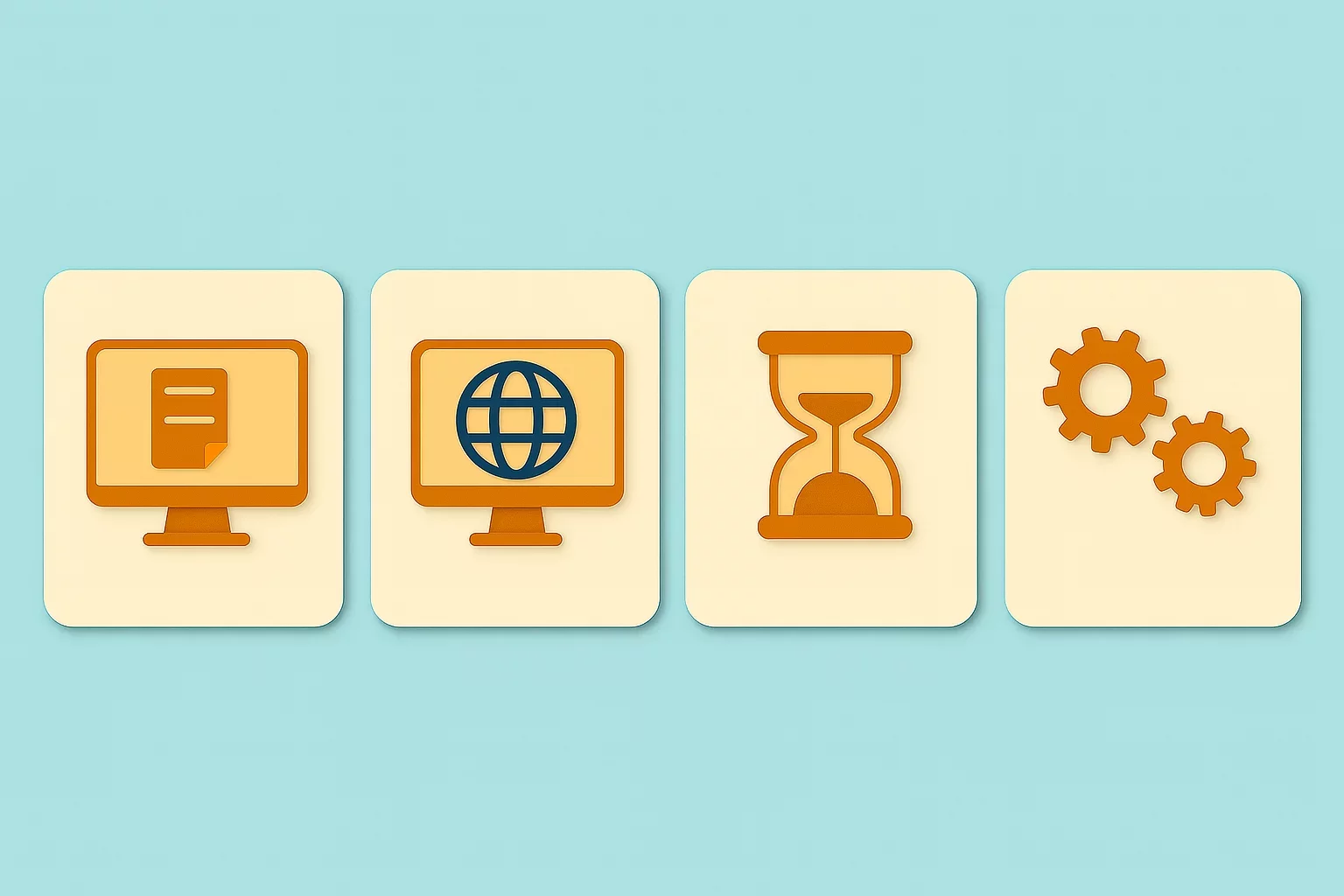
Angola’s E-Invoicing Mandate: Phased Implementation Continues Into 2026
🕝 December 10, 2025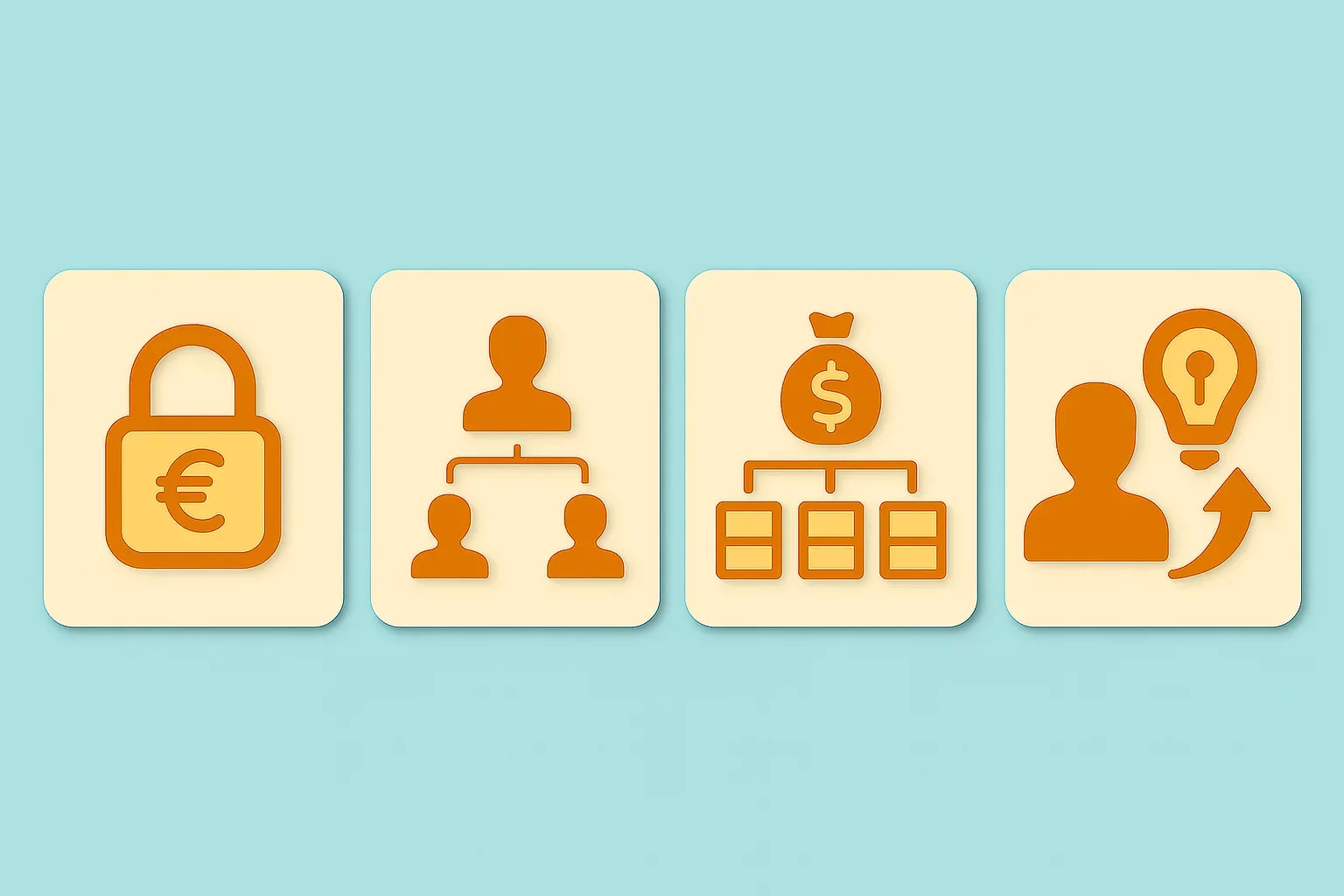
VAT Deduction and Business Succession: When Do Advisory Costs Serve the Company’s Interest?
🕝 December 8, 2025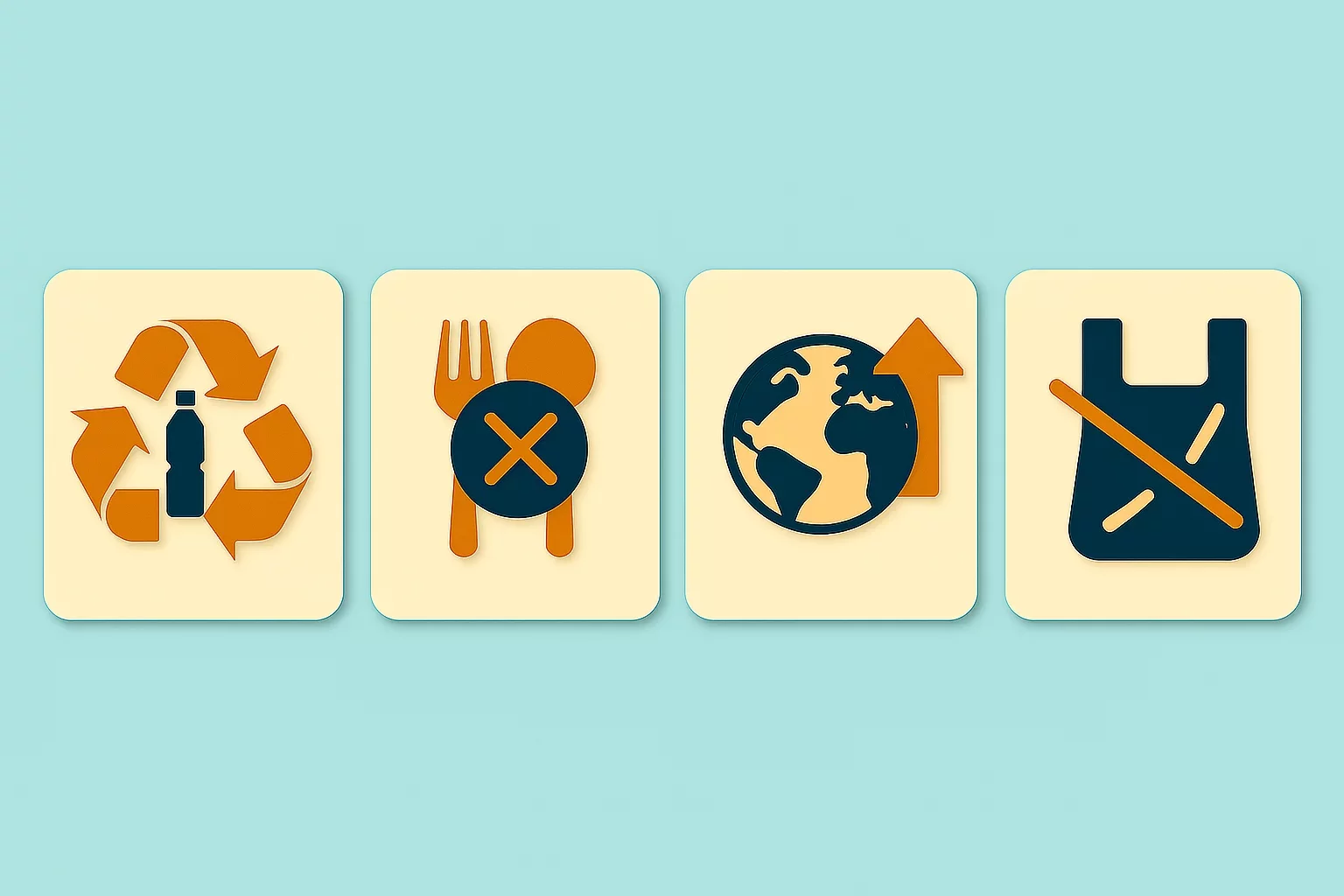
Europe’s Plastic Fiscal Shift: Why Italy’s Plastic Tax Now Starts in 2027
🕝 December 3, 2025
The Decline of Low-Value Import Exemptions: Closing Gaps in Cross-Border E-Commerce
🕝 November 20, 2025More News from Europe
Get real-time updates and developments from around the world, keeping you informed and prepared.
-e9lcpxl5nq.webp)


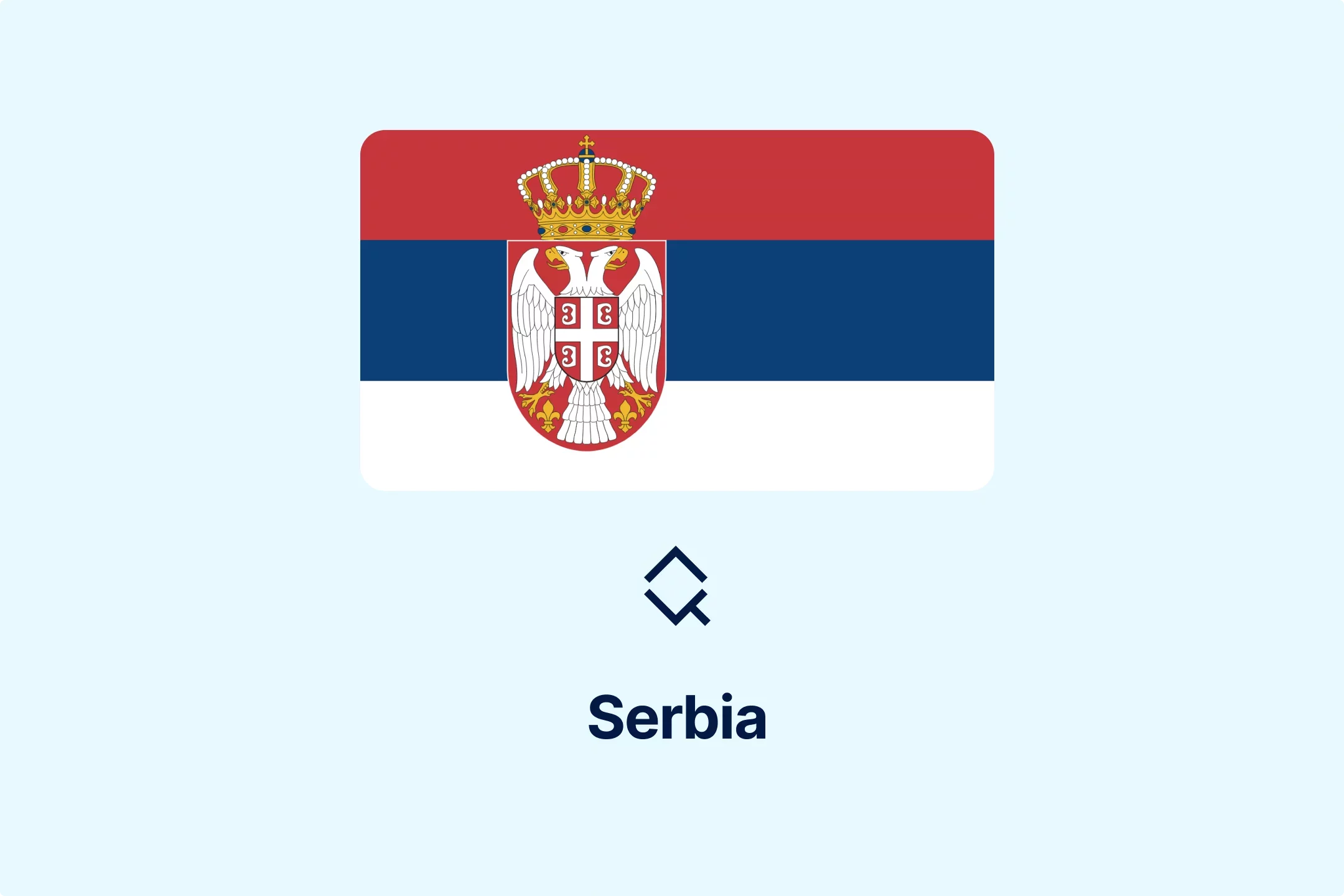
-webajrr4ny.webp)
-evibmwdwcn.webp)
-7acdre0hop.webp)
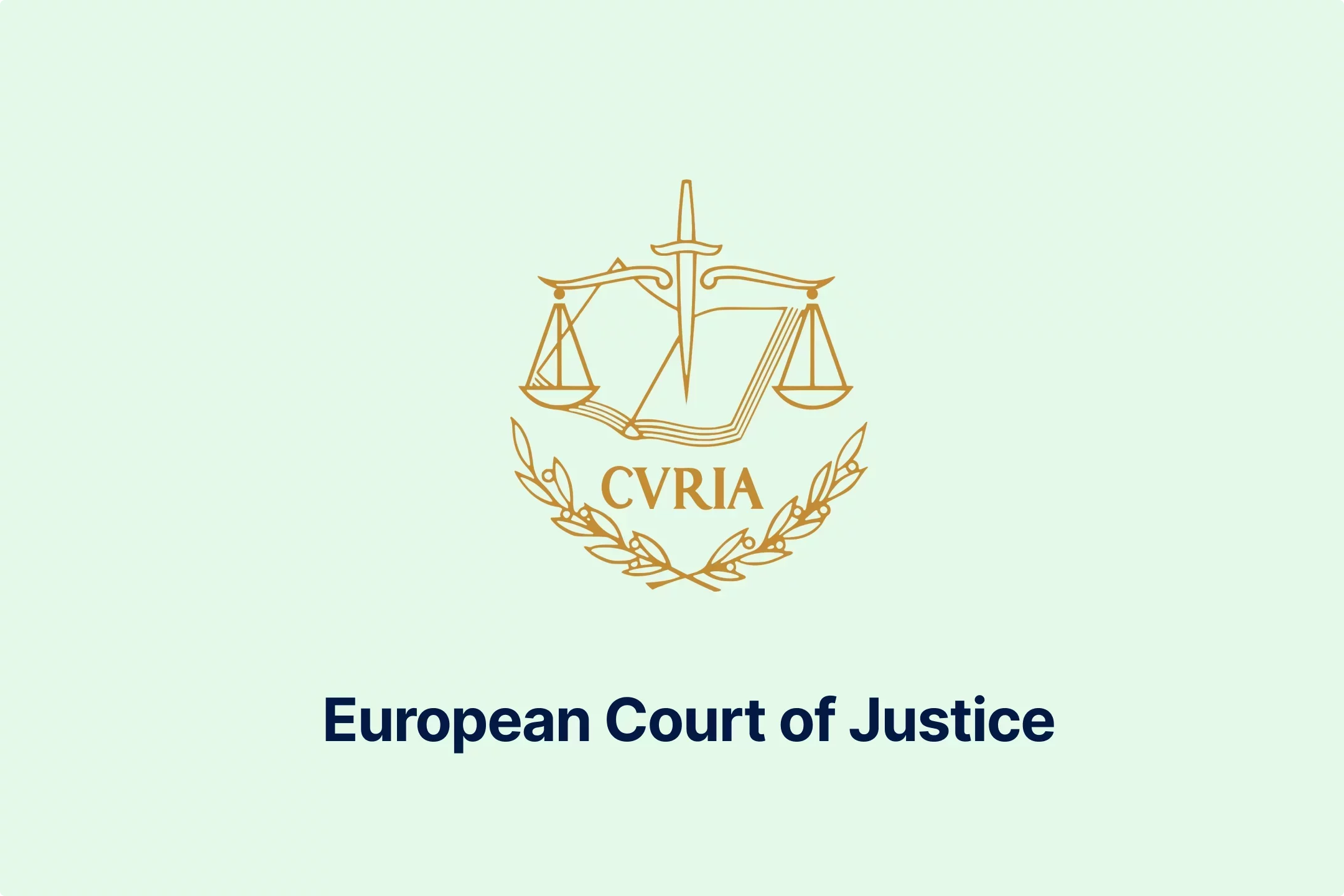
-lcgcyghaer.webp)
-ol6mdkdowg.webp)
-aqdwtmzhkd.webp)

-njgdvdxe2u.webp)
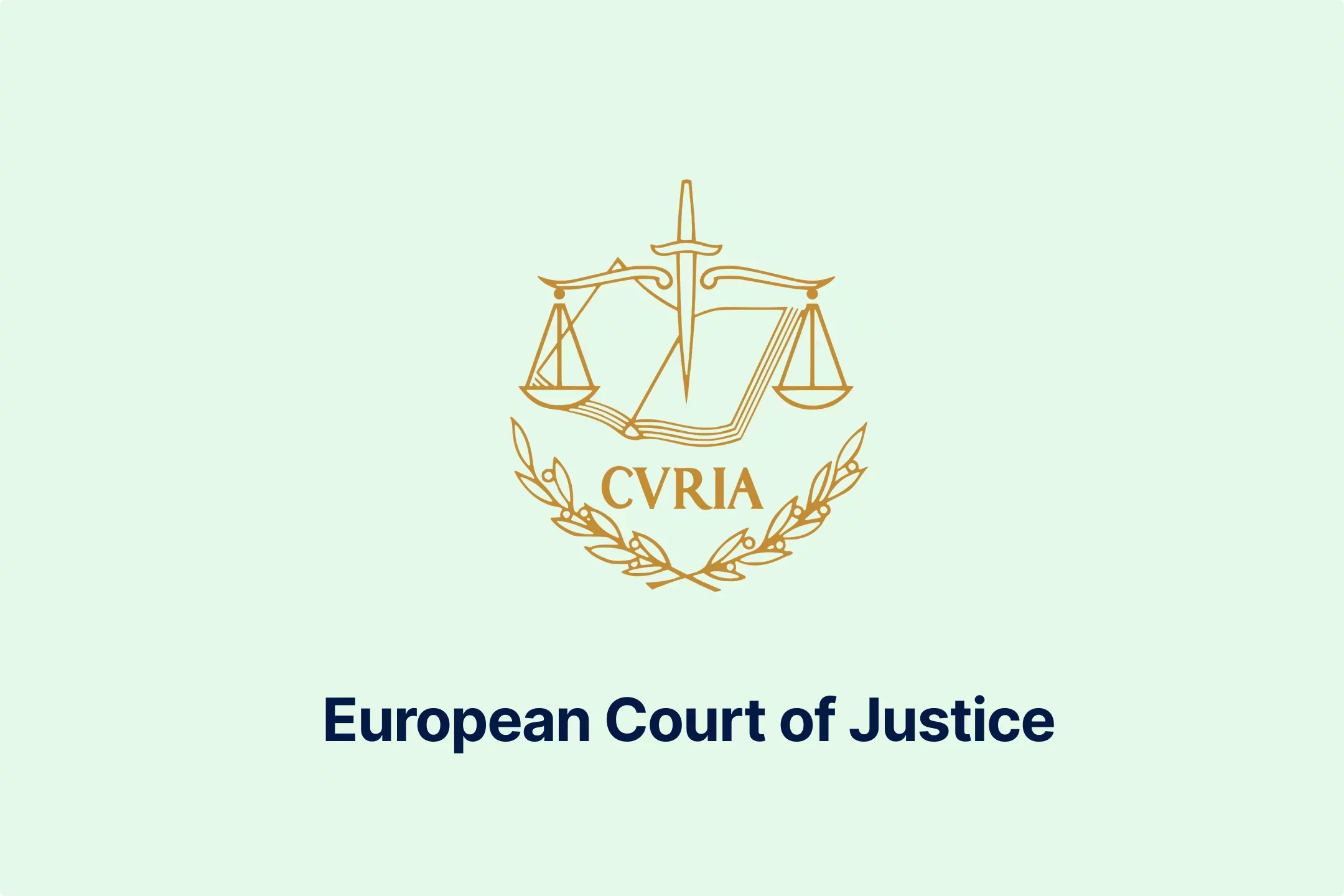
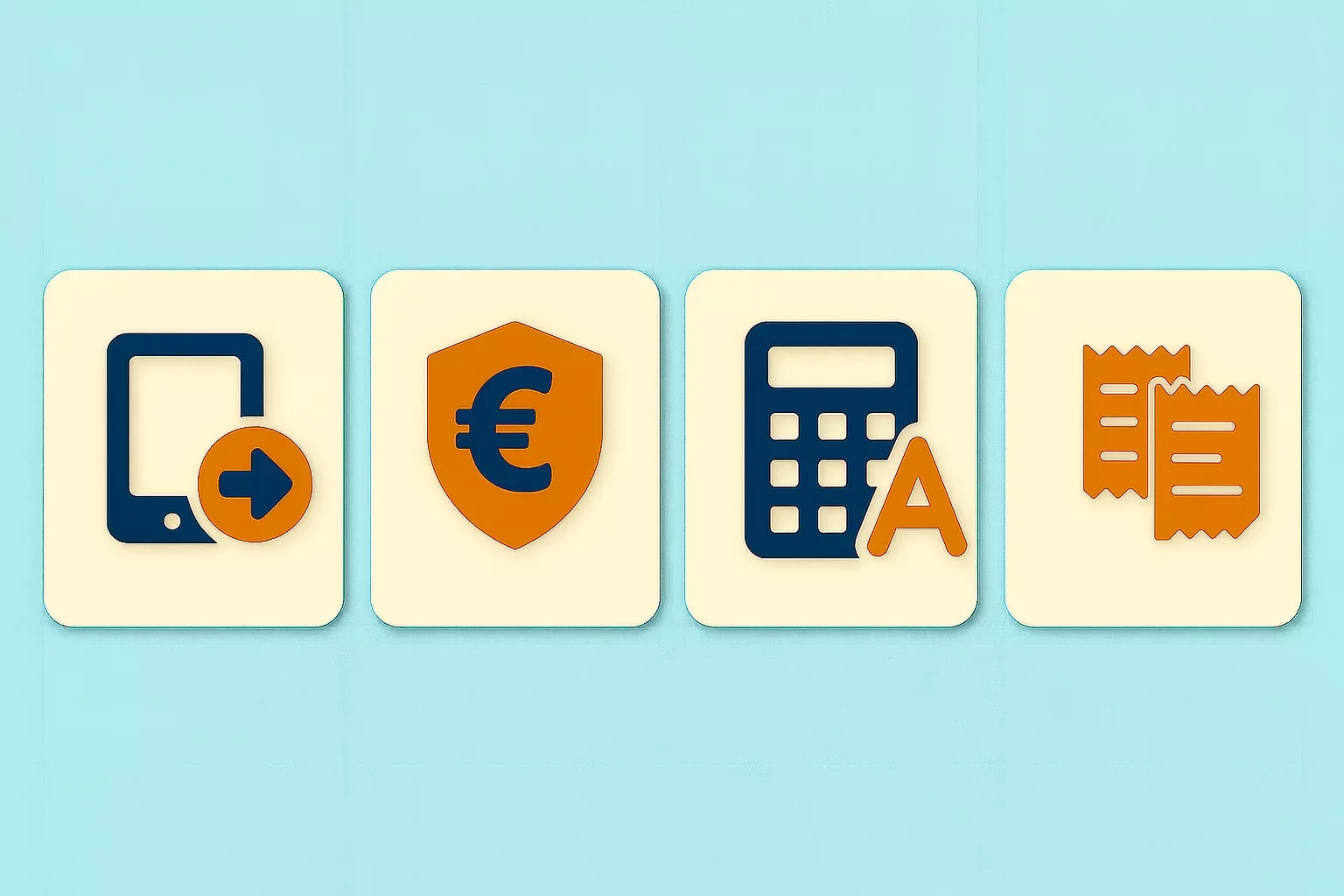
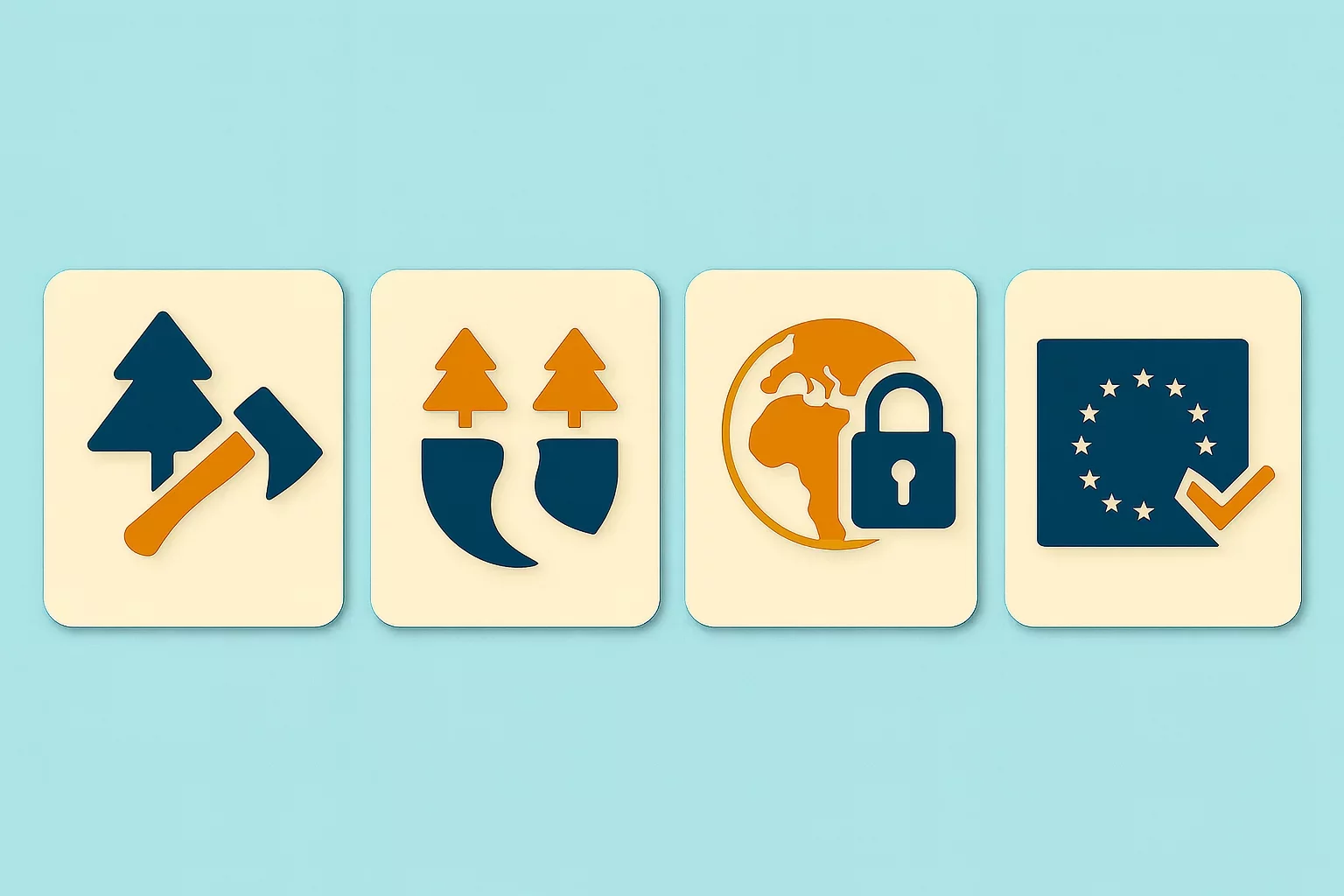
-i6rki3jbad.webp)
-hdwgtama05.webp)
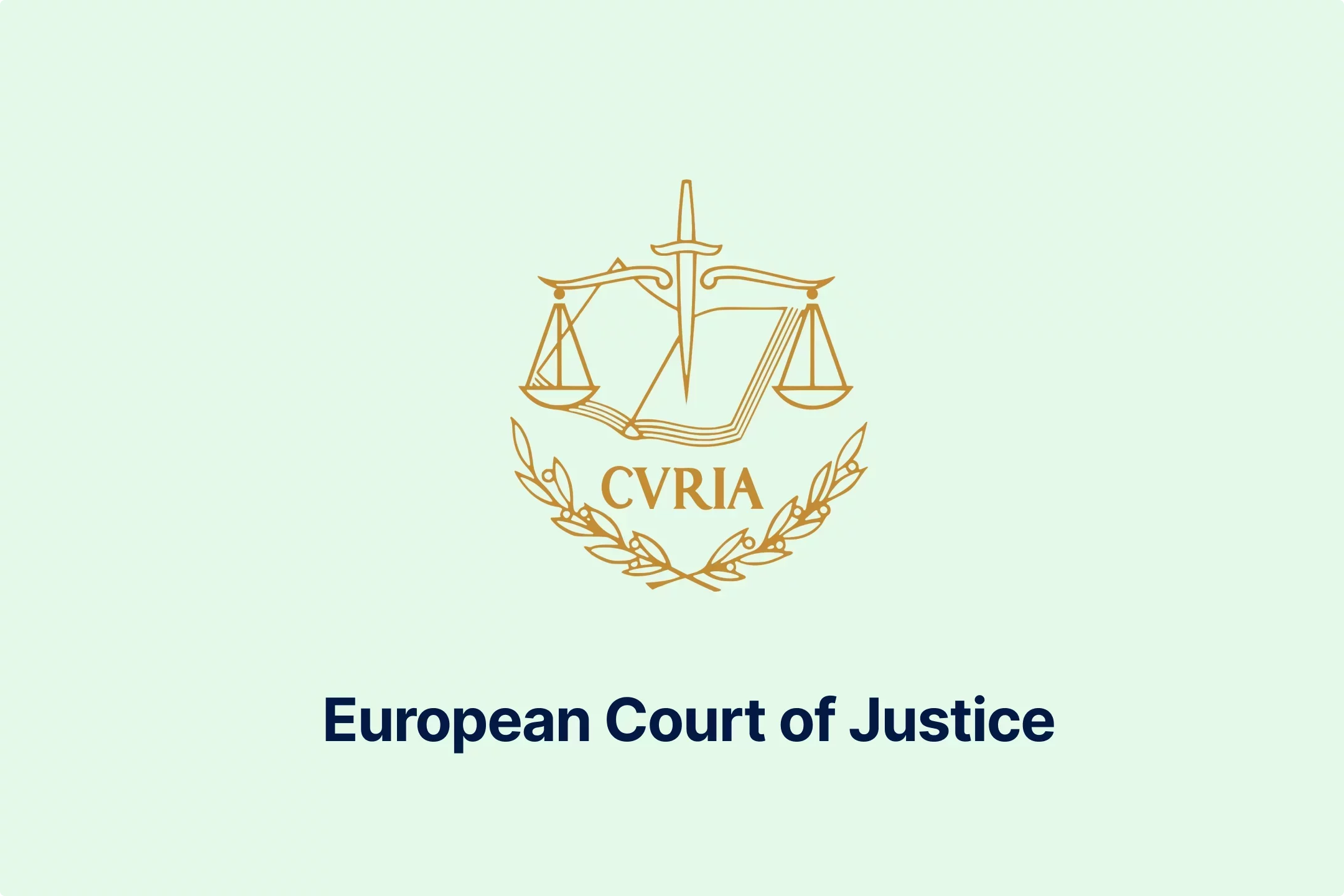
-atbhy5fyxv.webp)
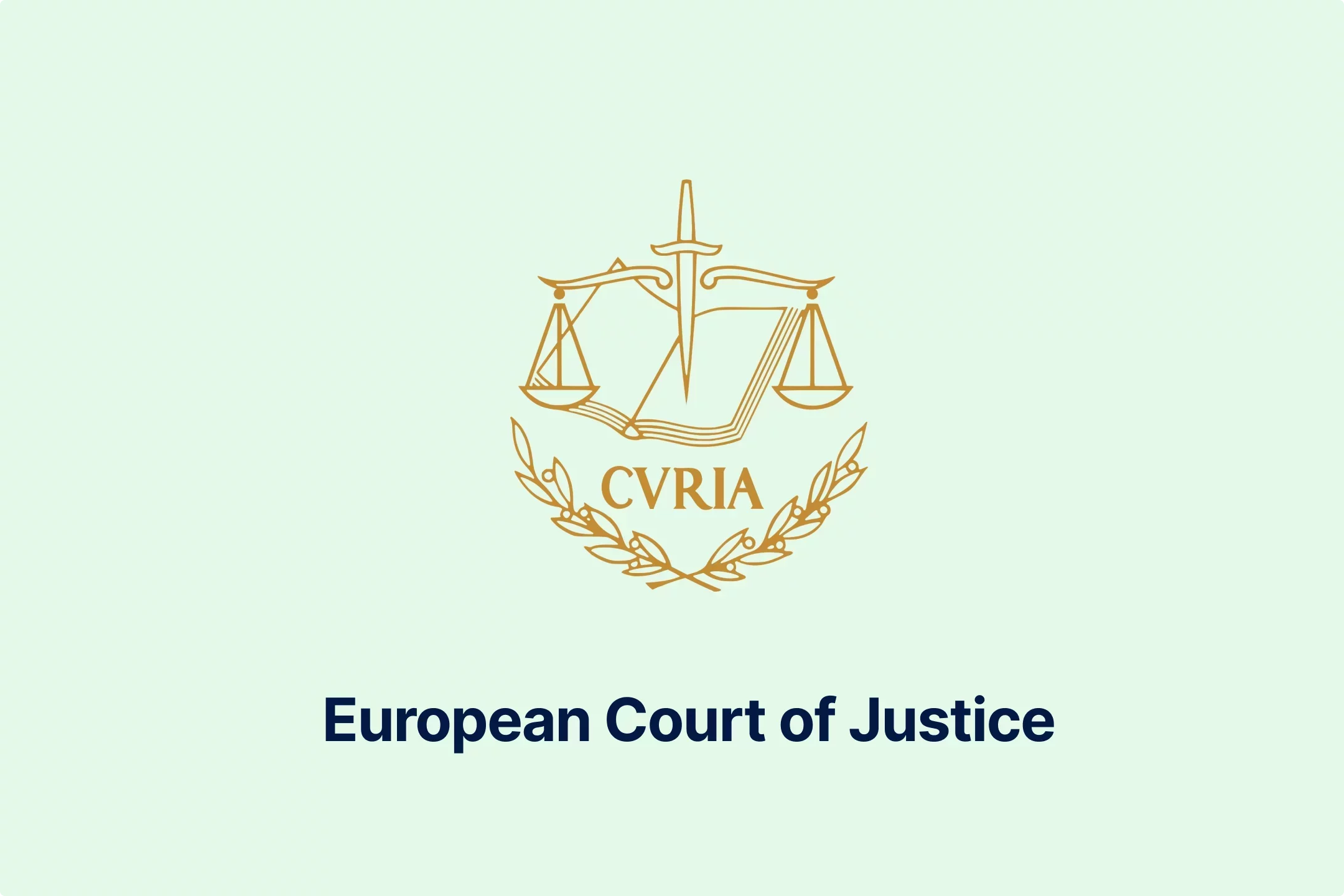
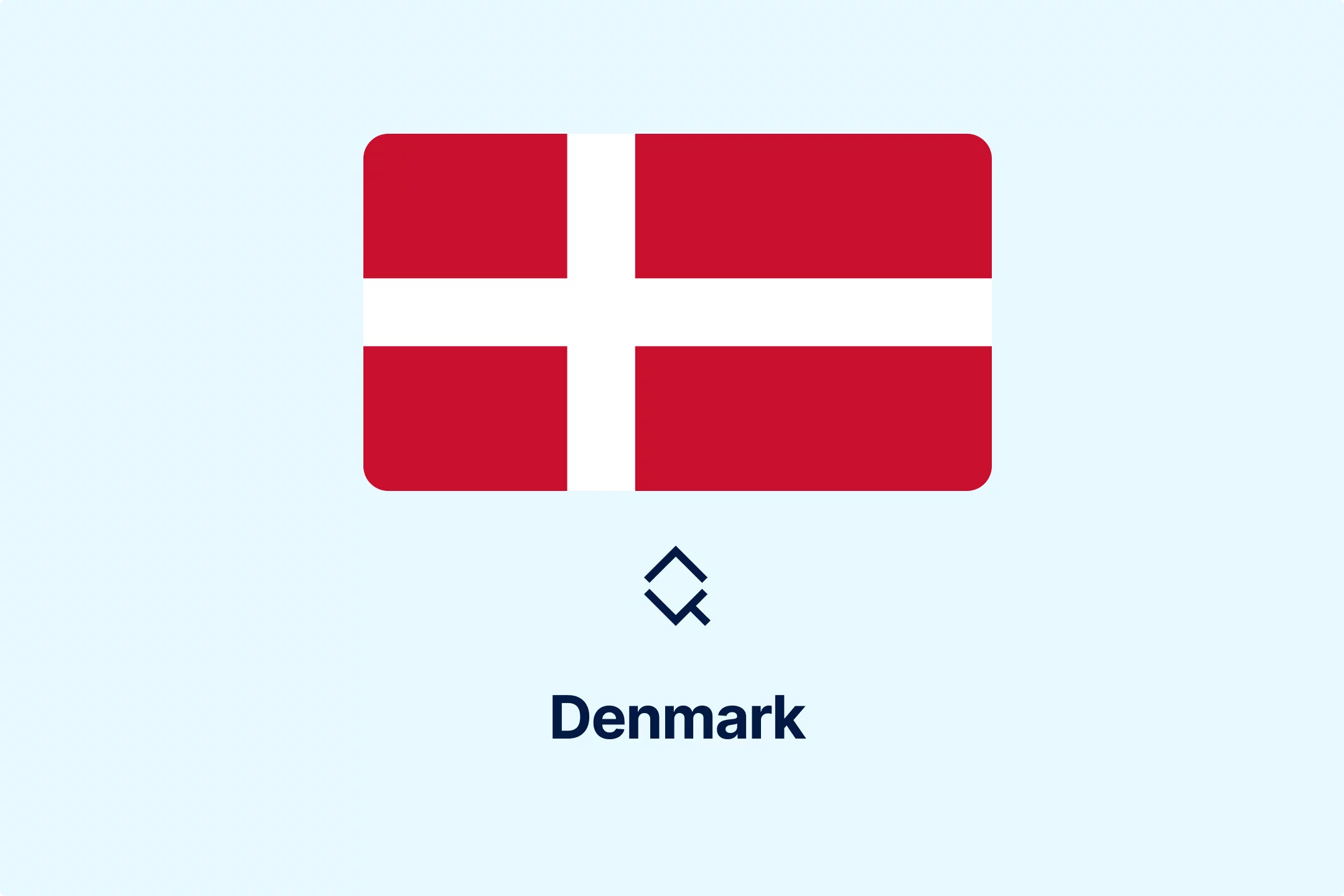

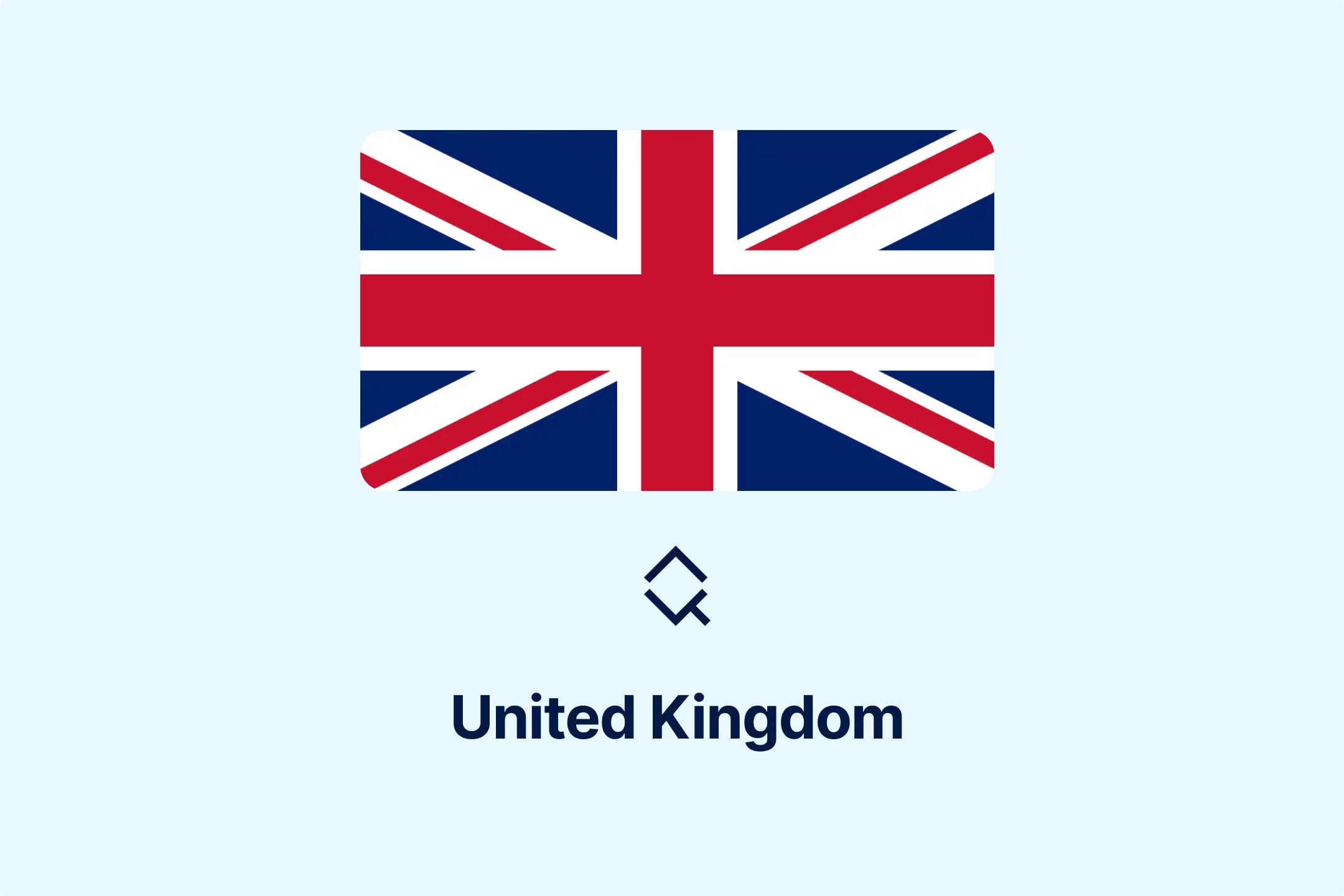
-zp2n6zixoa.webp)
-oa1ynbm4sn.webp)
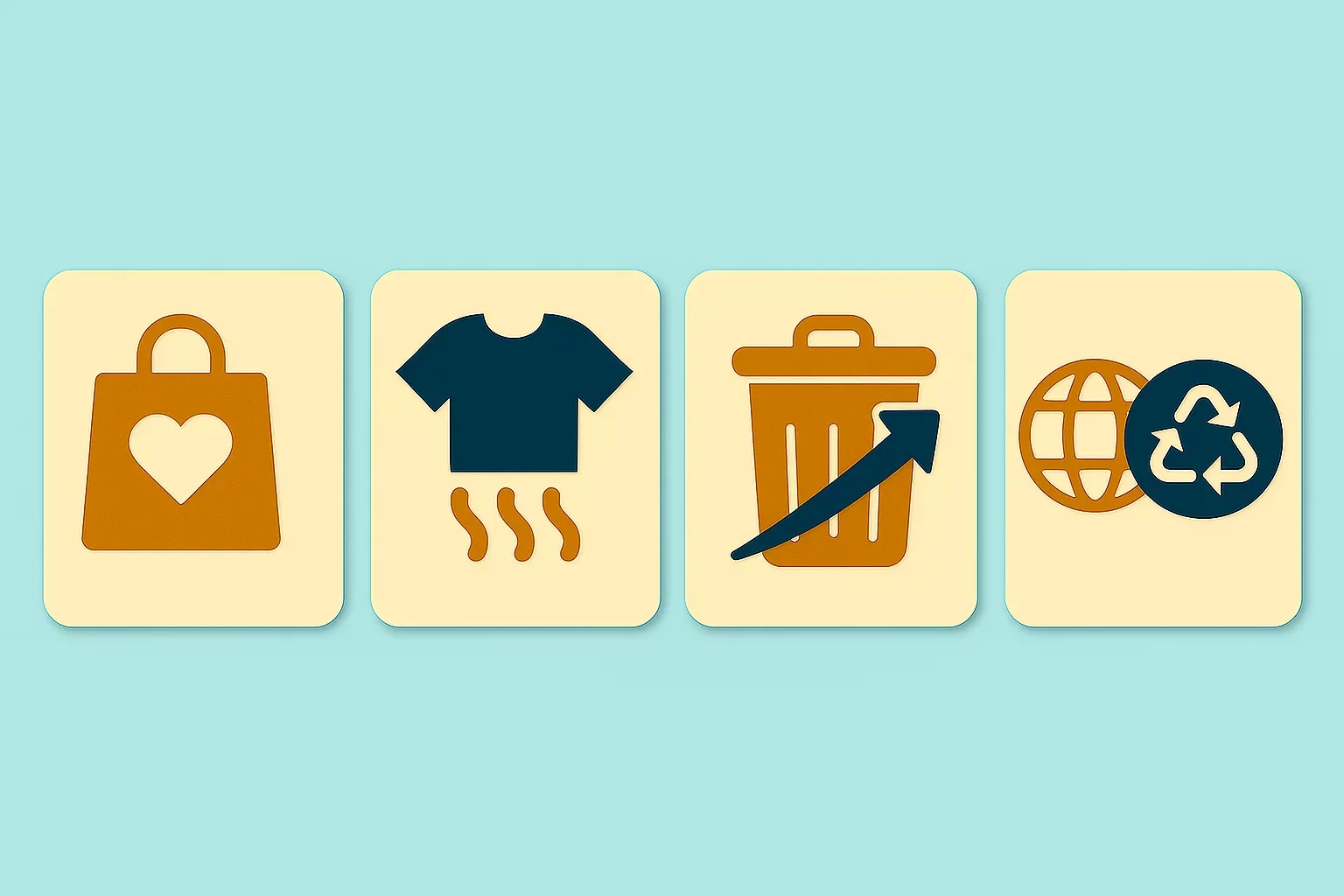
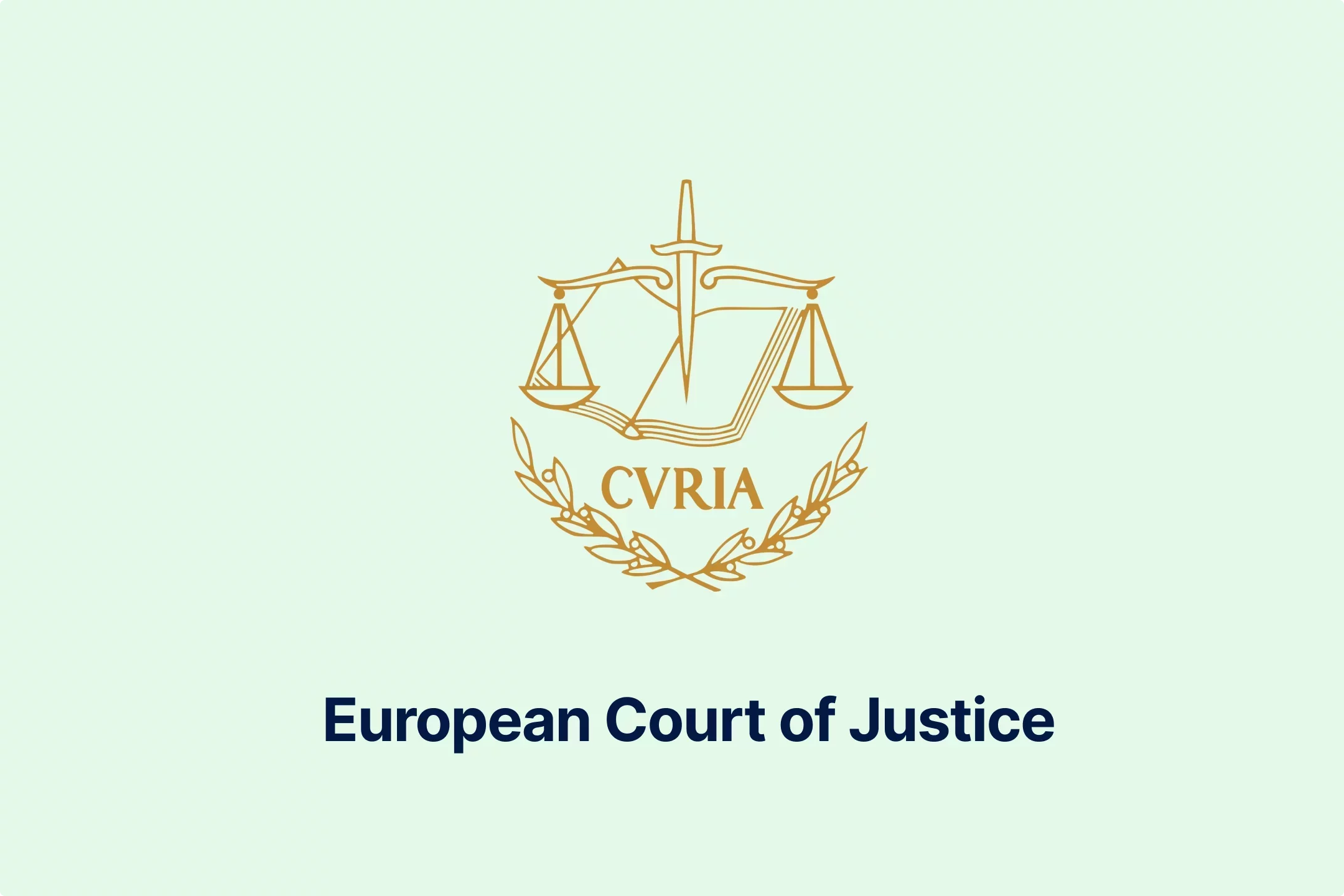
-lltkno6txy.webp)



-do38odrqnq.webp)
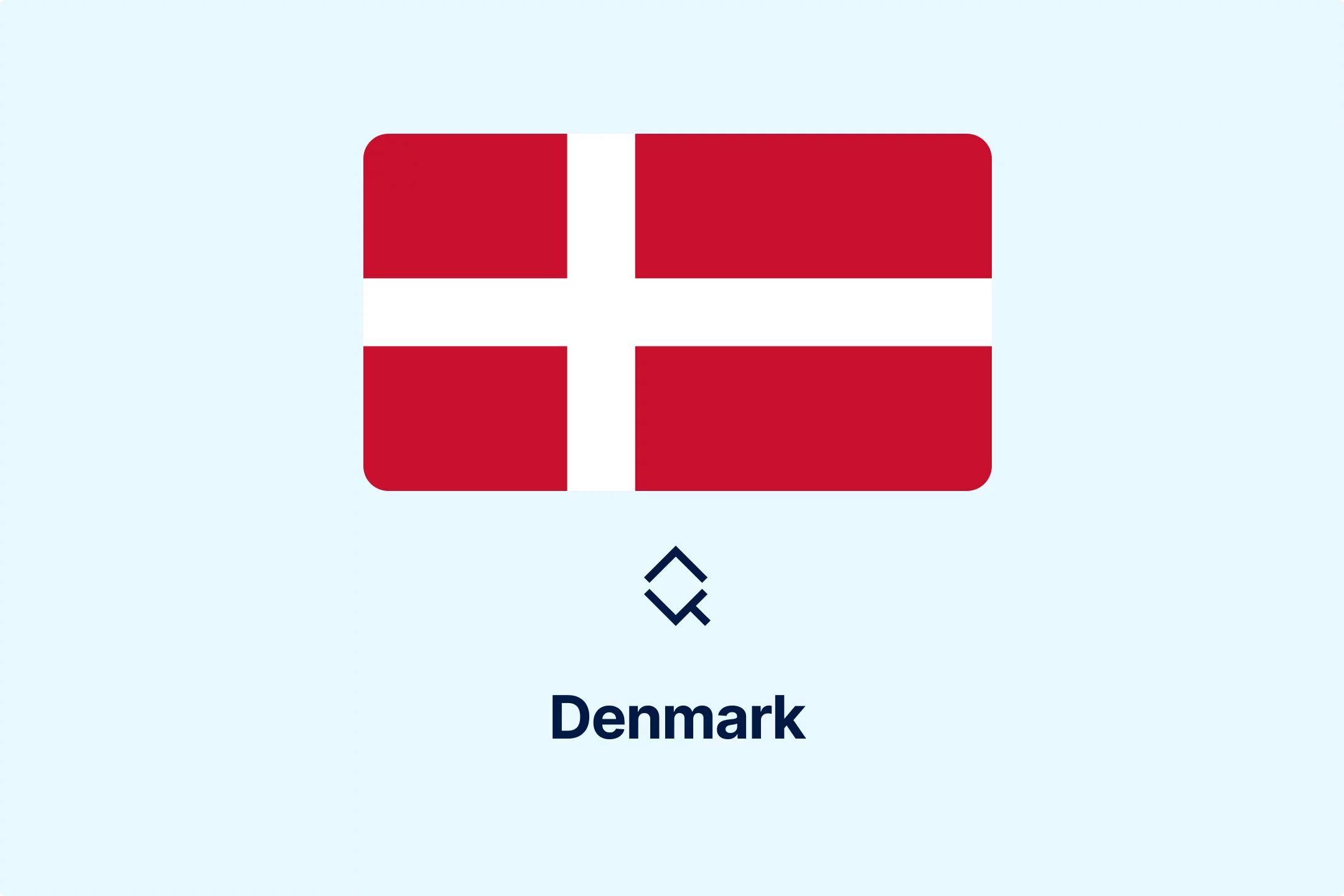
-t409oldqzt.webp)
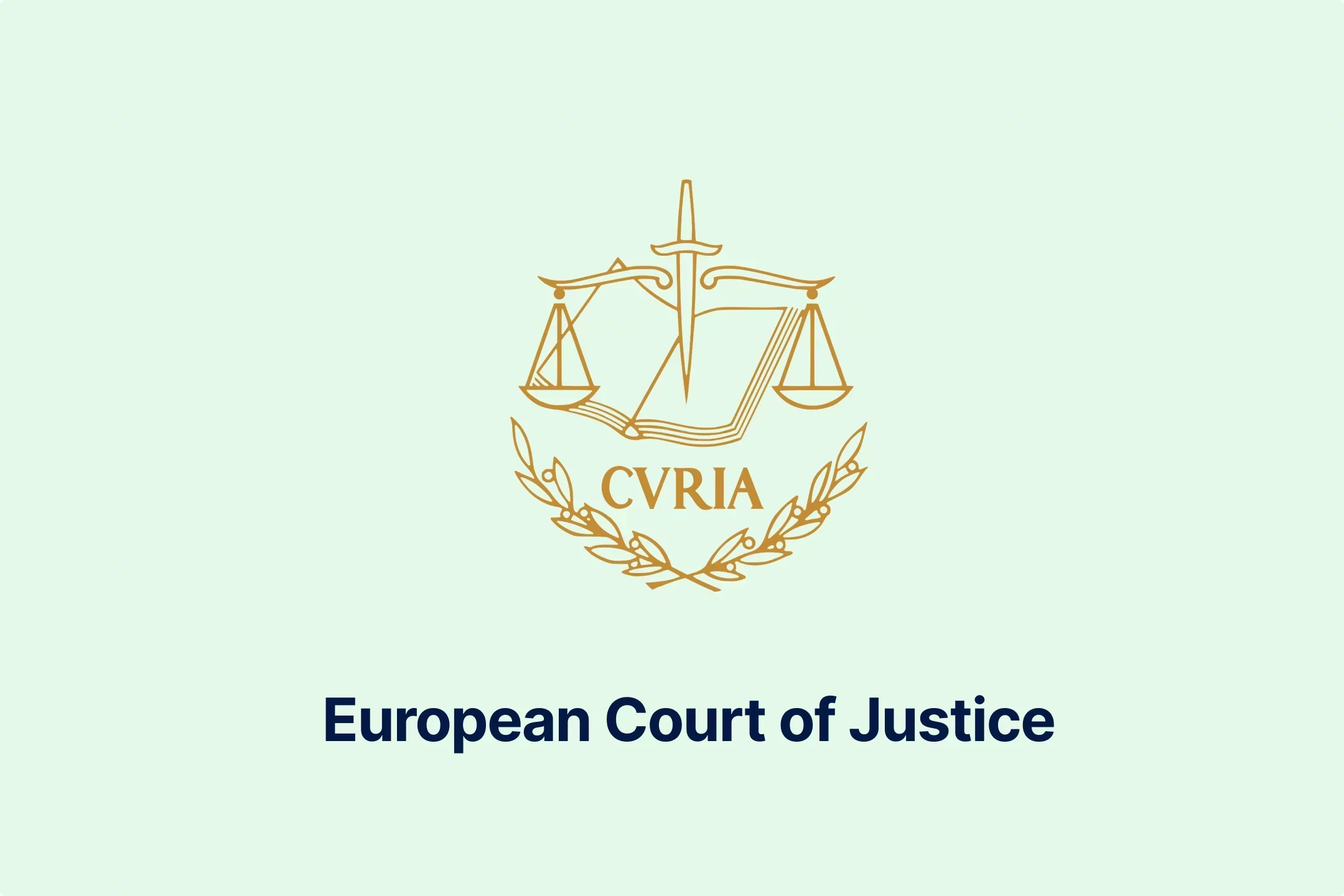
-hordopb6xh.webp)
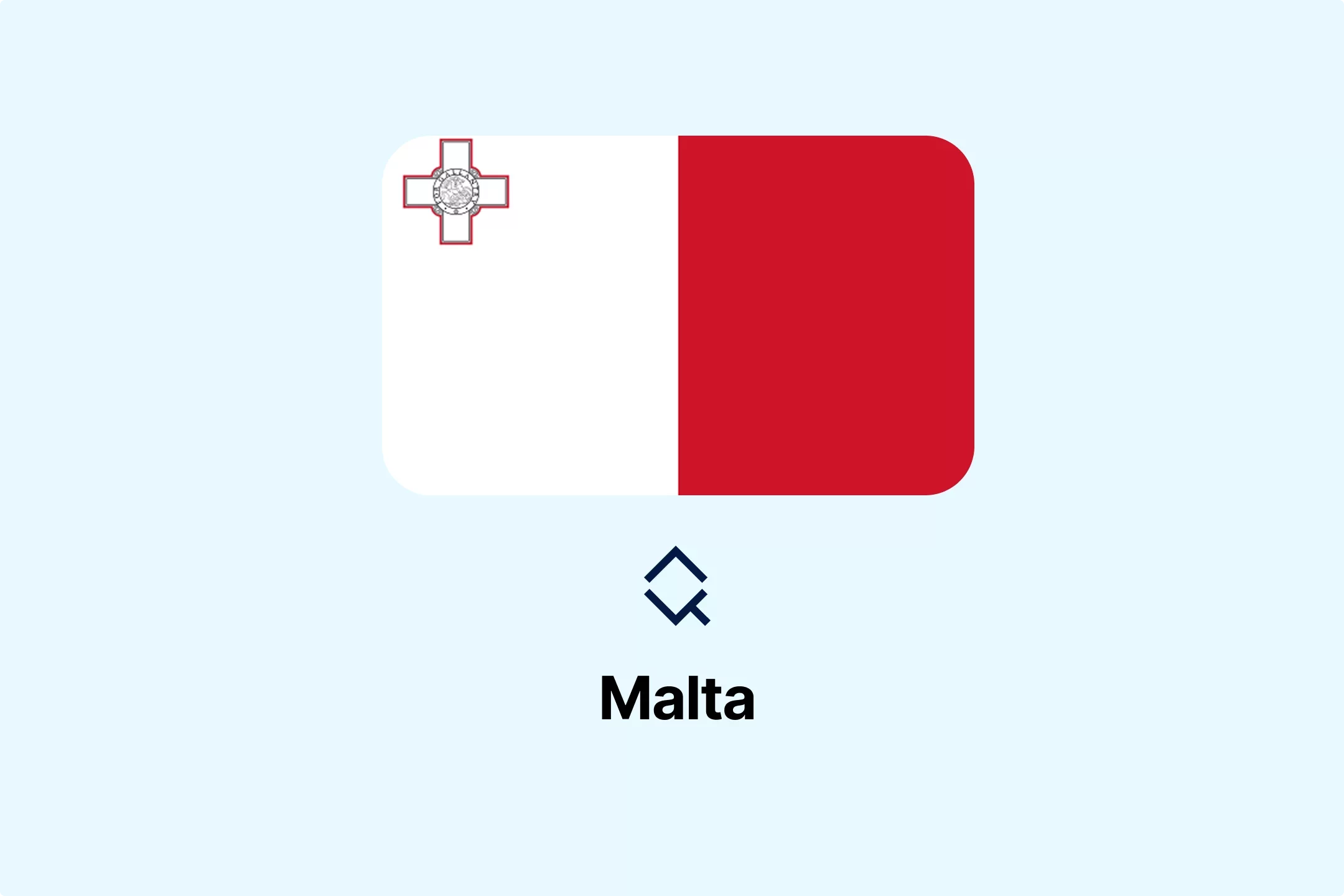
-ooimnrbete.webp)
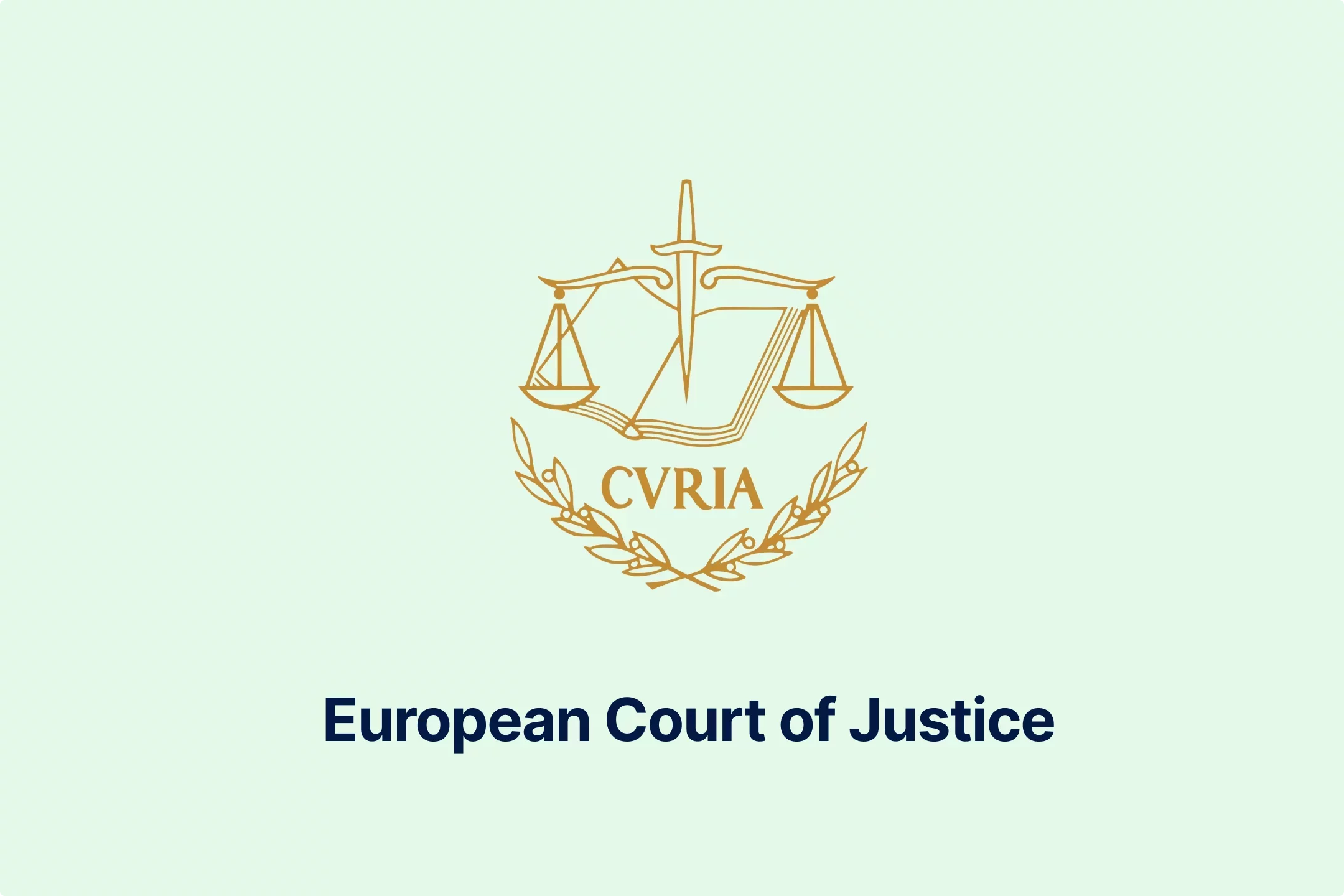
-lwb5qpsily.webp)
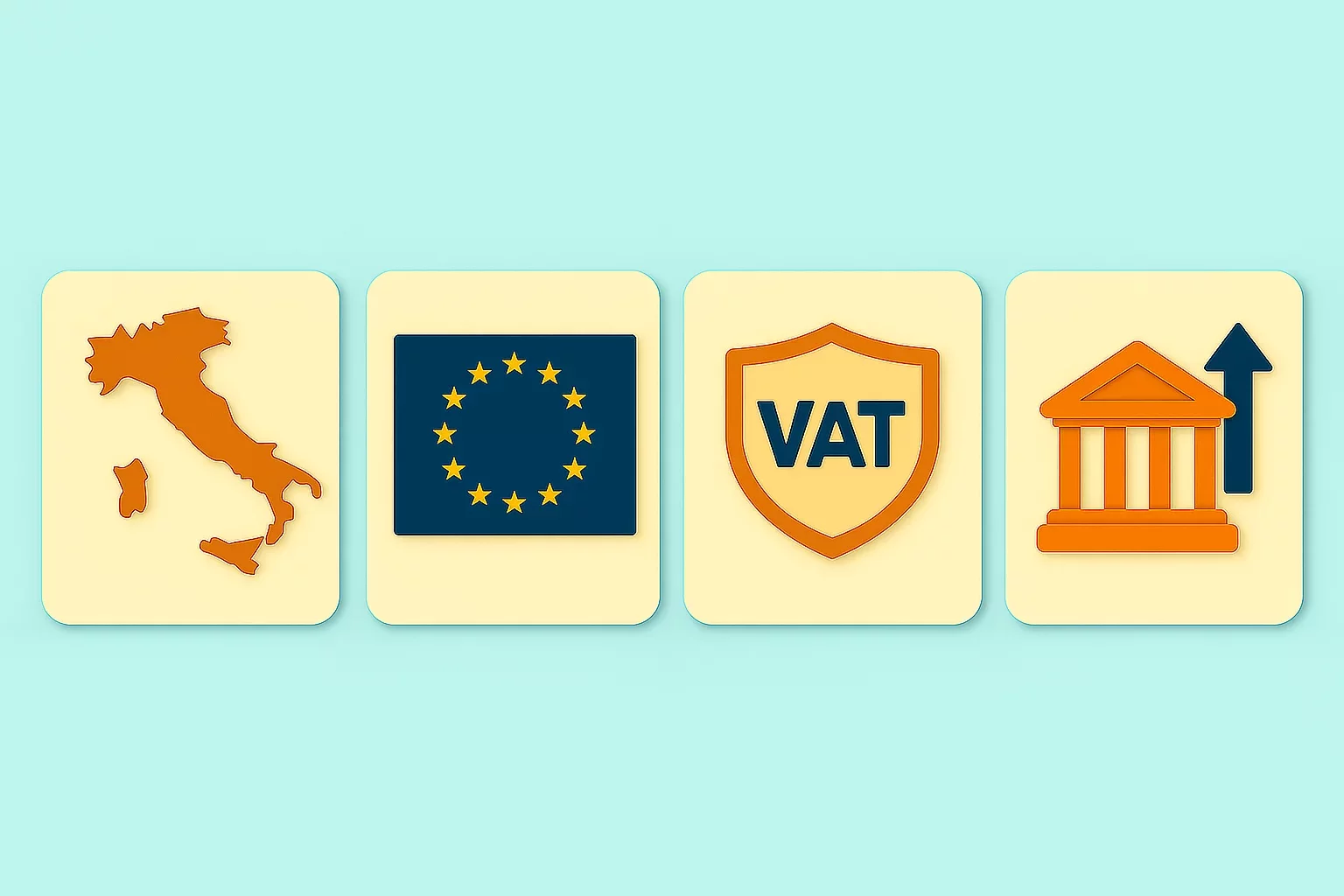
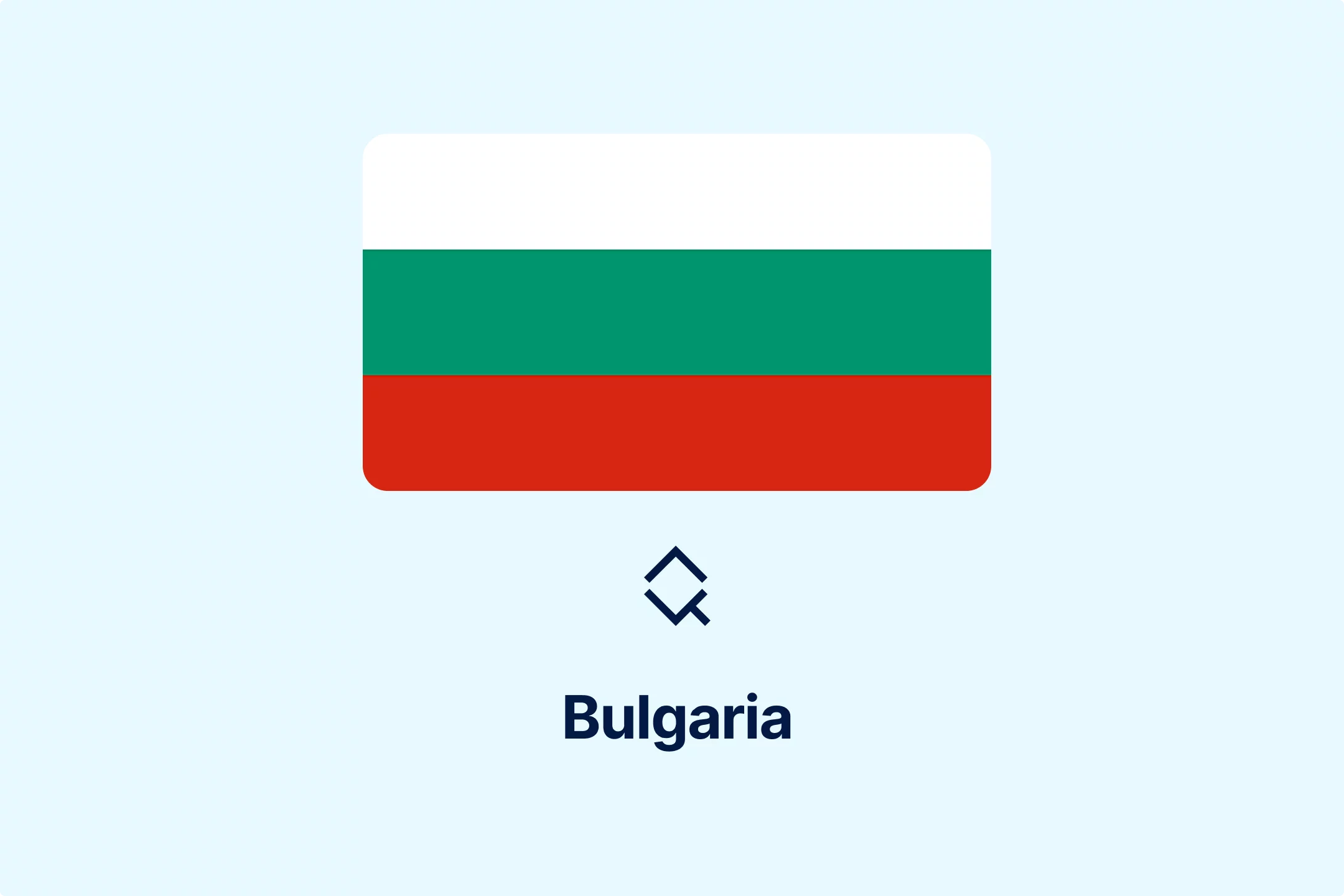
-eumafizrhm.webp)

-mtqp3va9gb.webp)
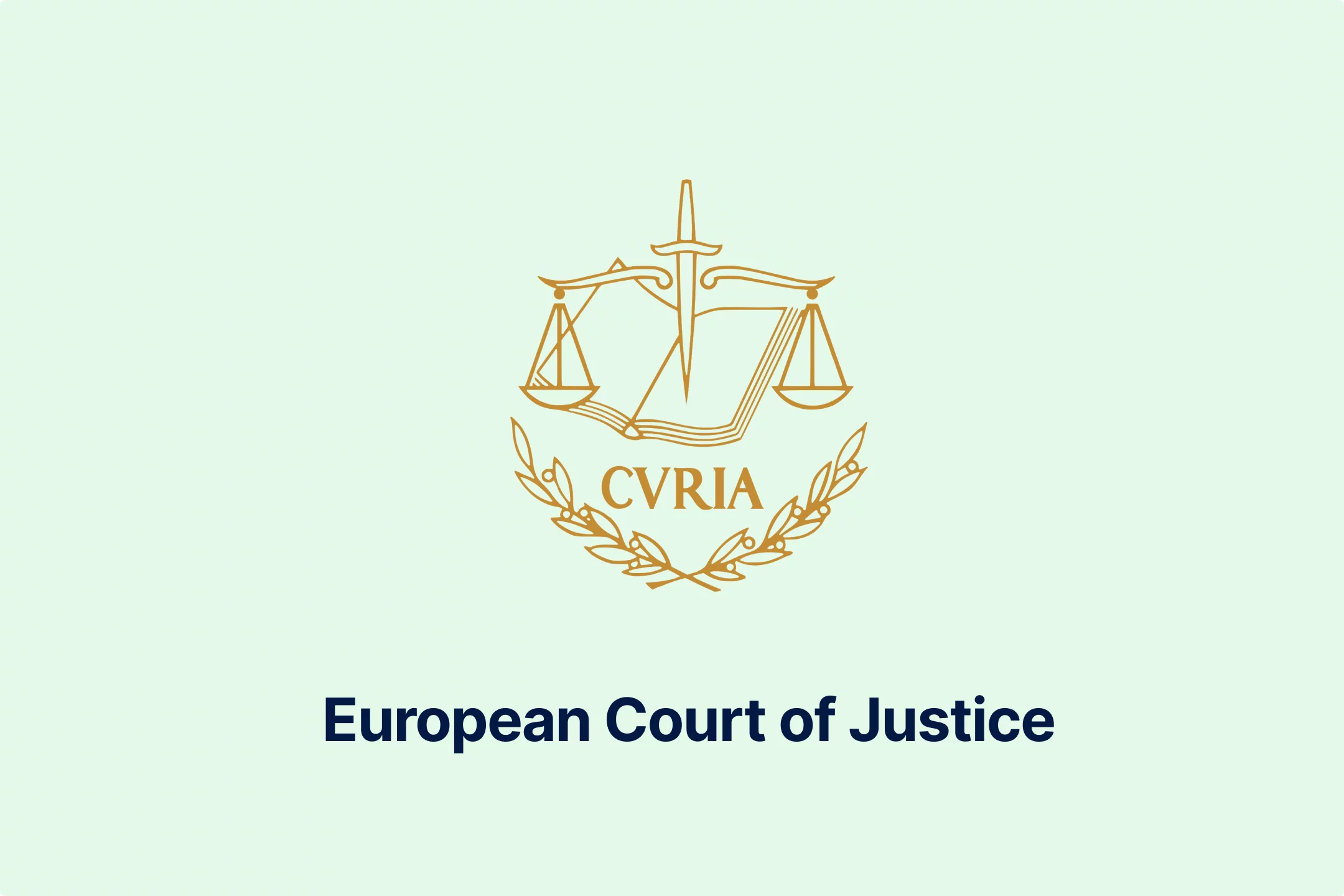
-3ewrn1yvfa.webp)
-591j35flz2.webp)
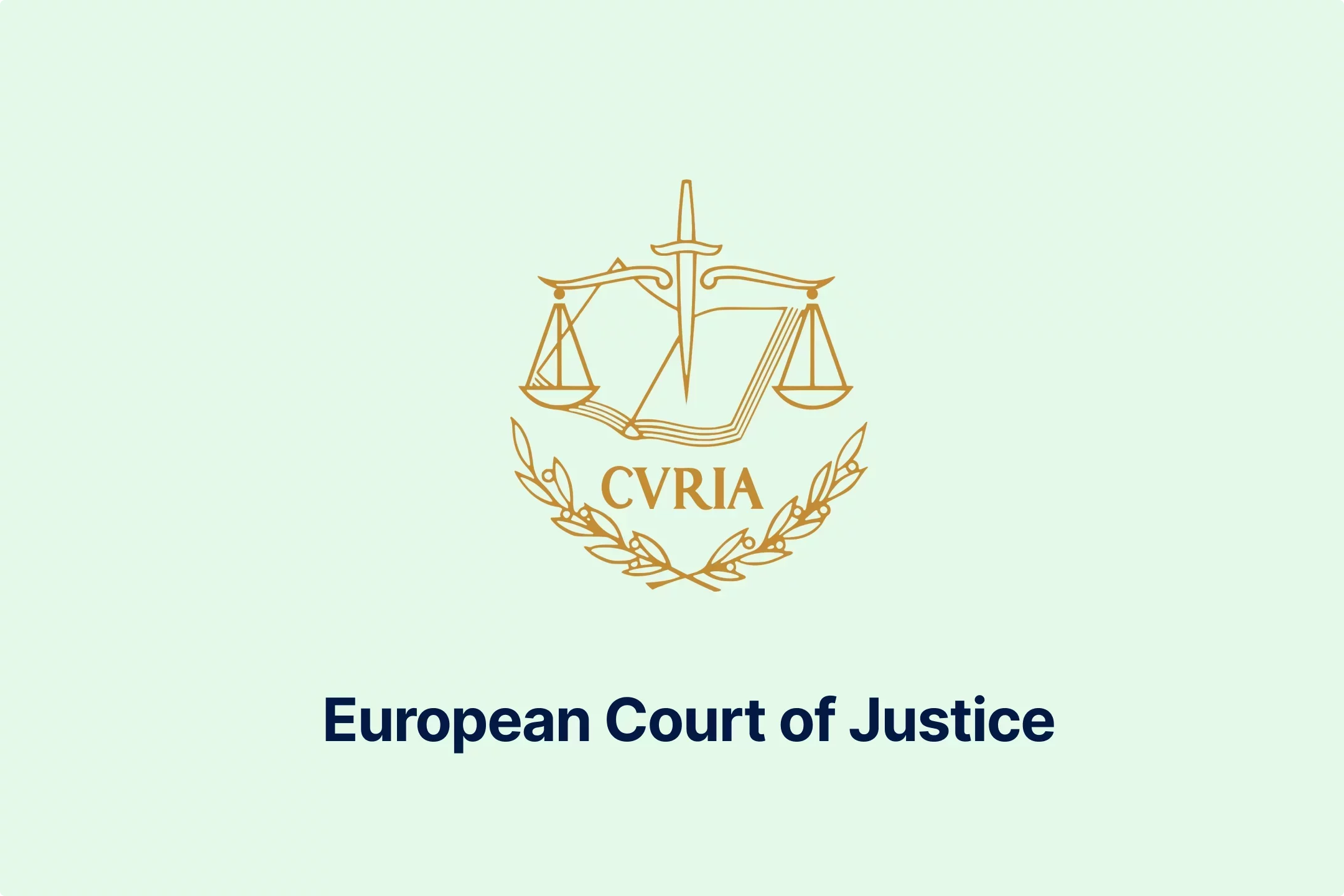
-huj3cam1de.webp)

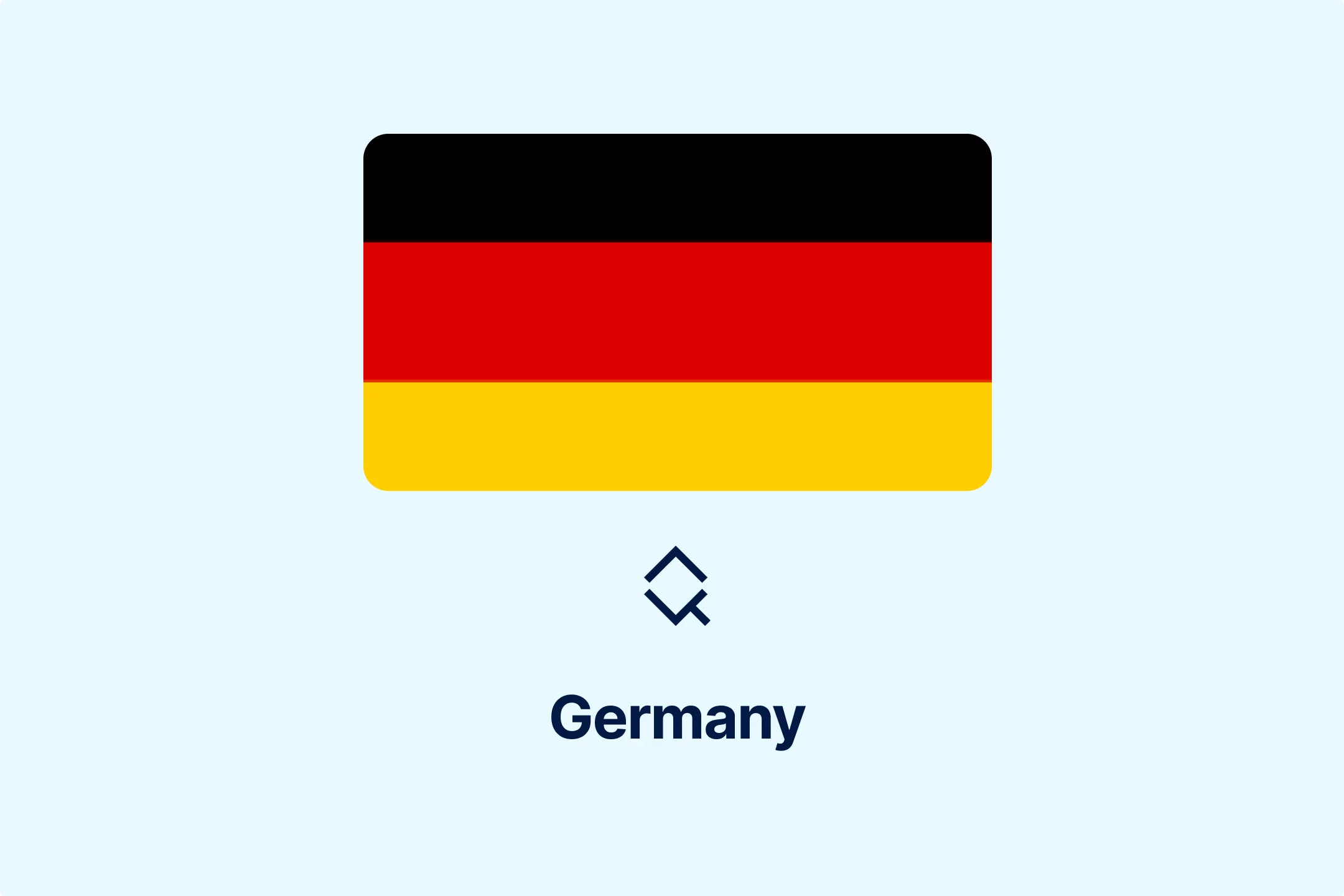
-hafis0ii23.webp)

-qseaw5zmcy.webp)
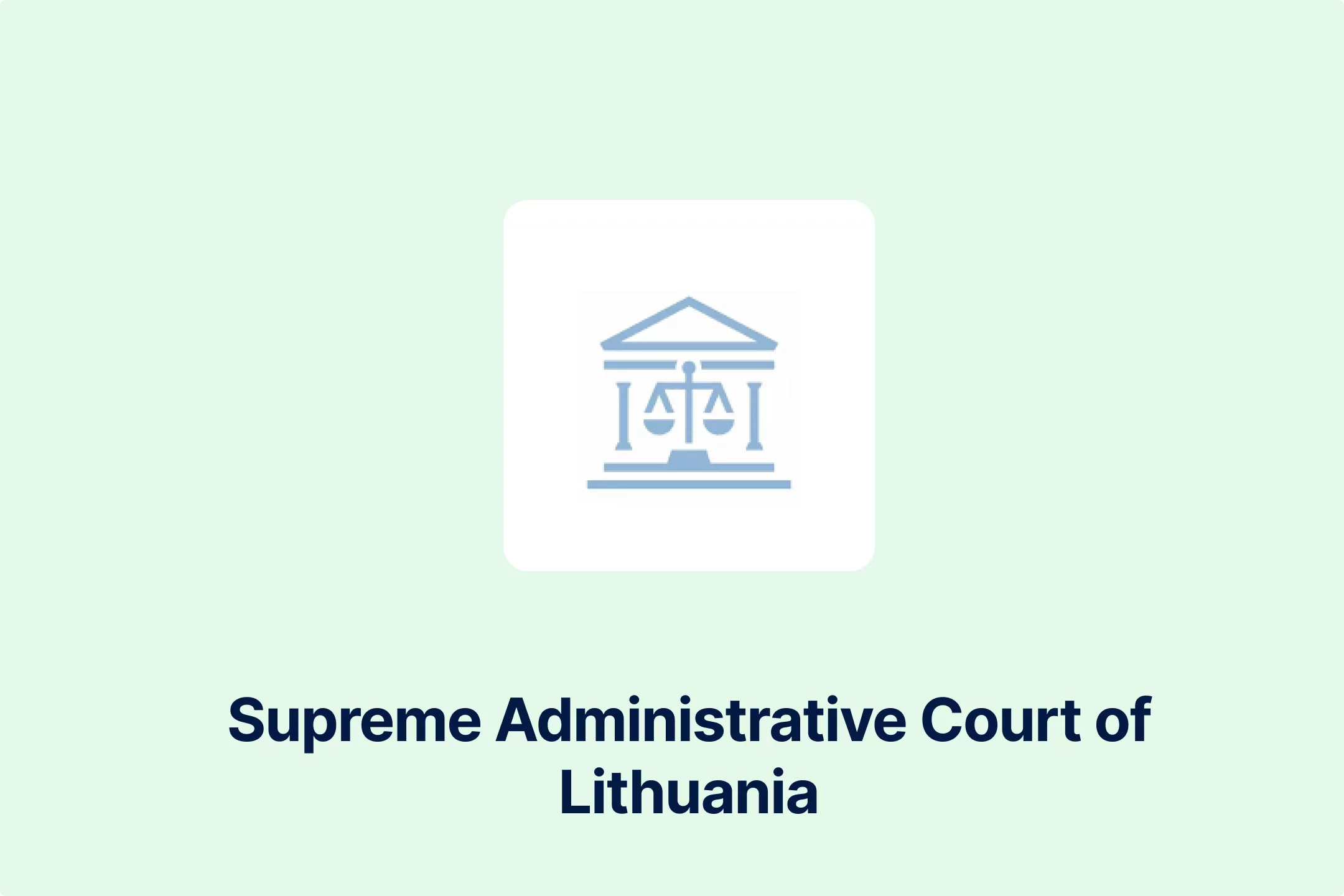
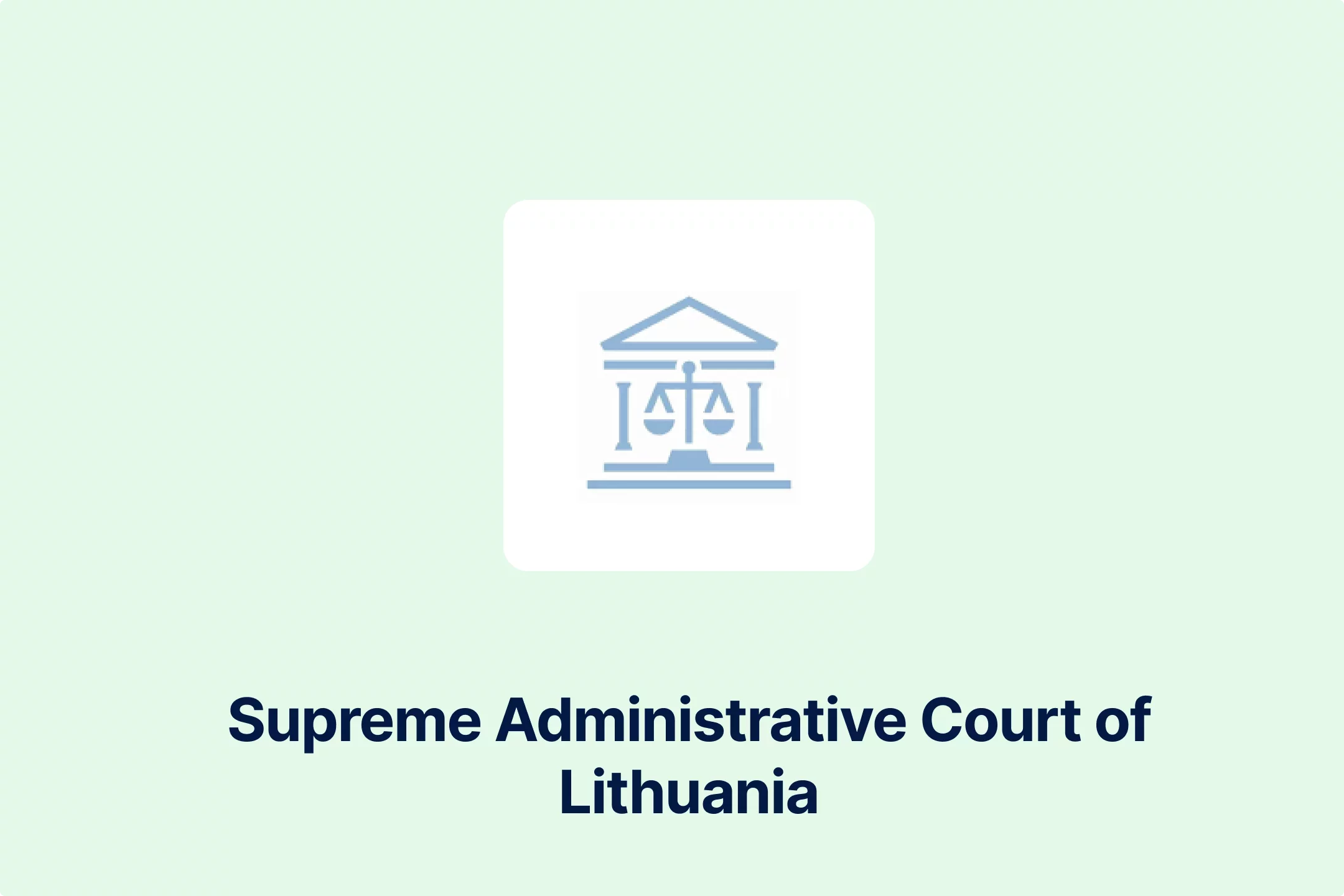
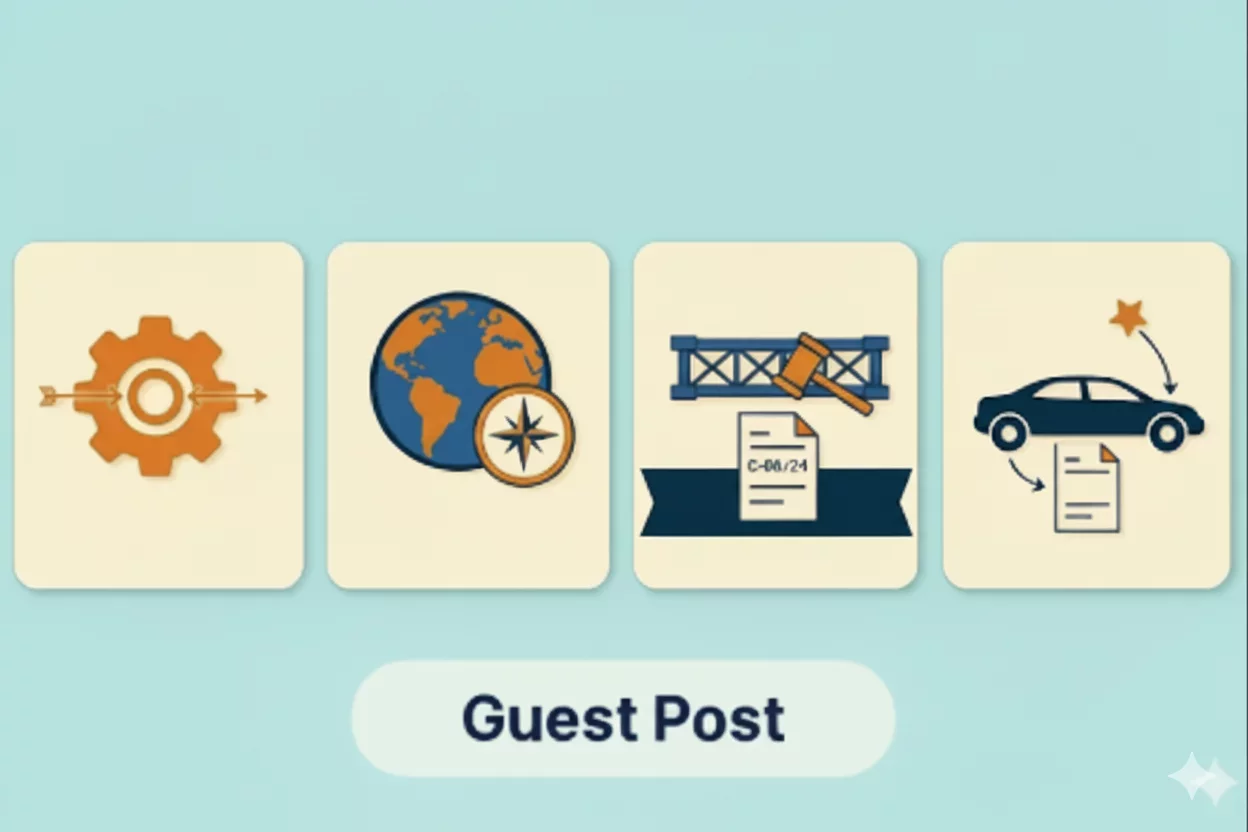
-qzsah2ifqx.webp)
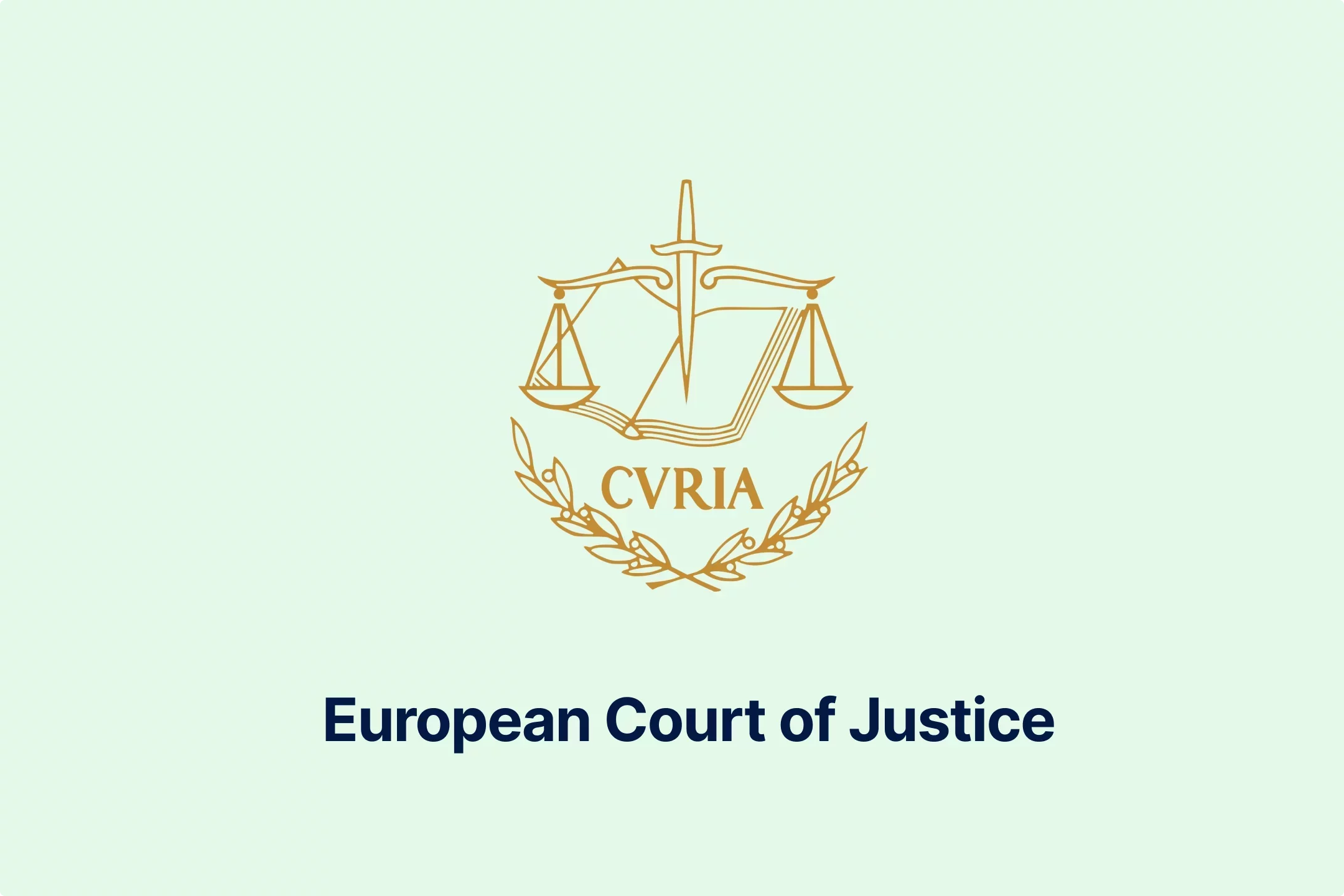
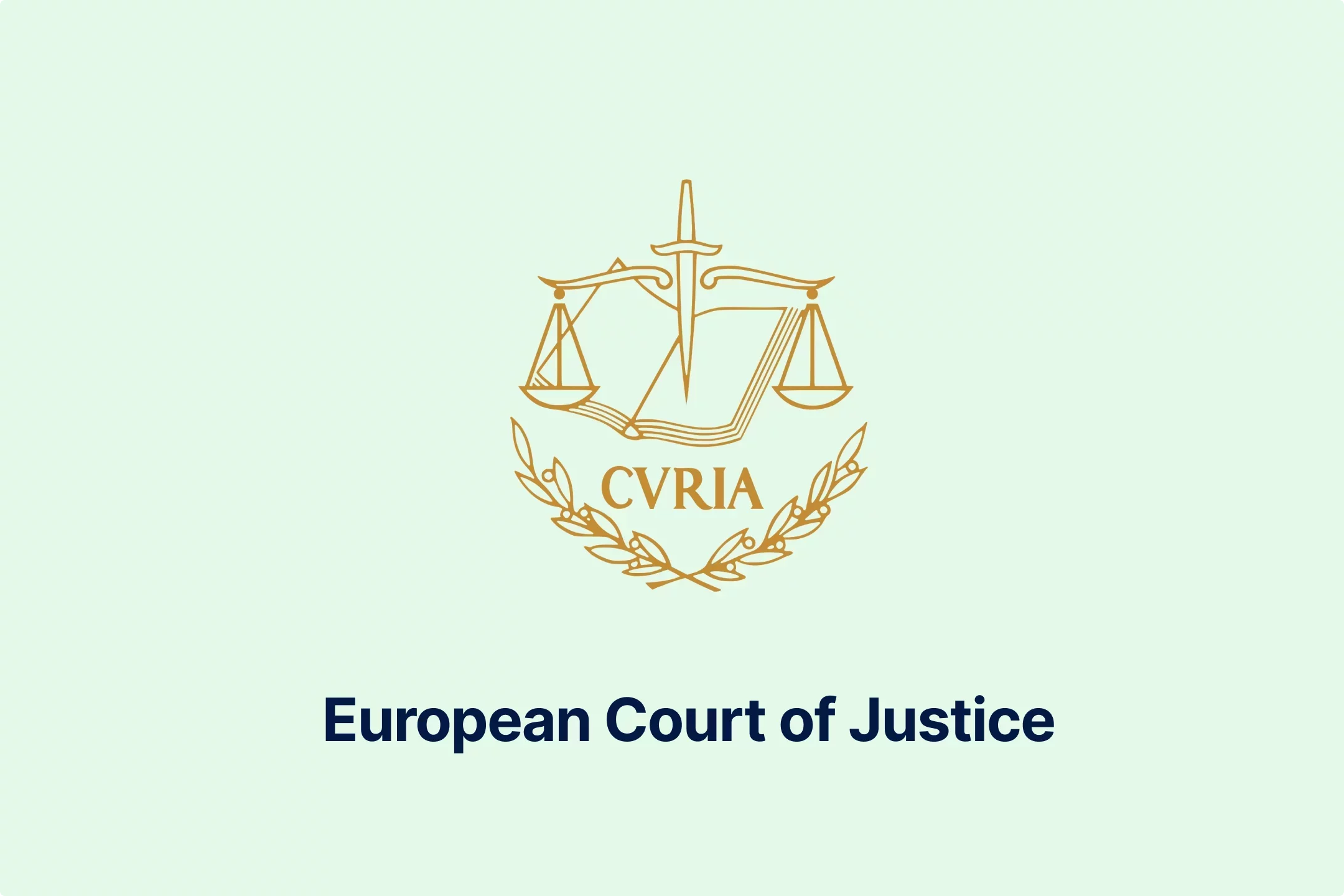
-69rzooghib.webp)
-wrvng98m0g.webp)

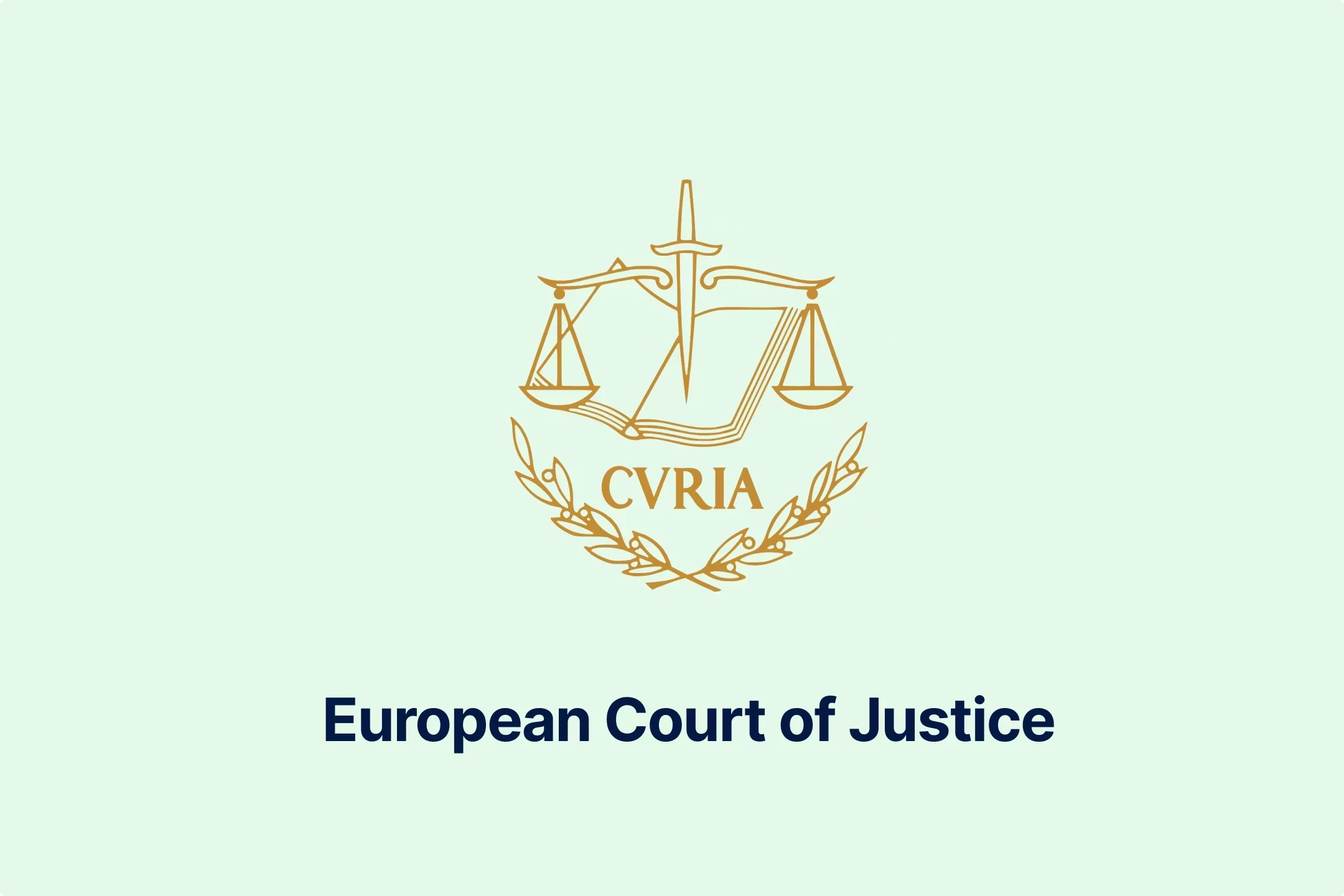
-psucycuxh2.webp)
-klyo8bn5lc.webp)

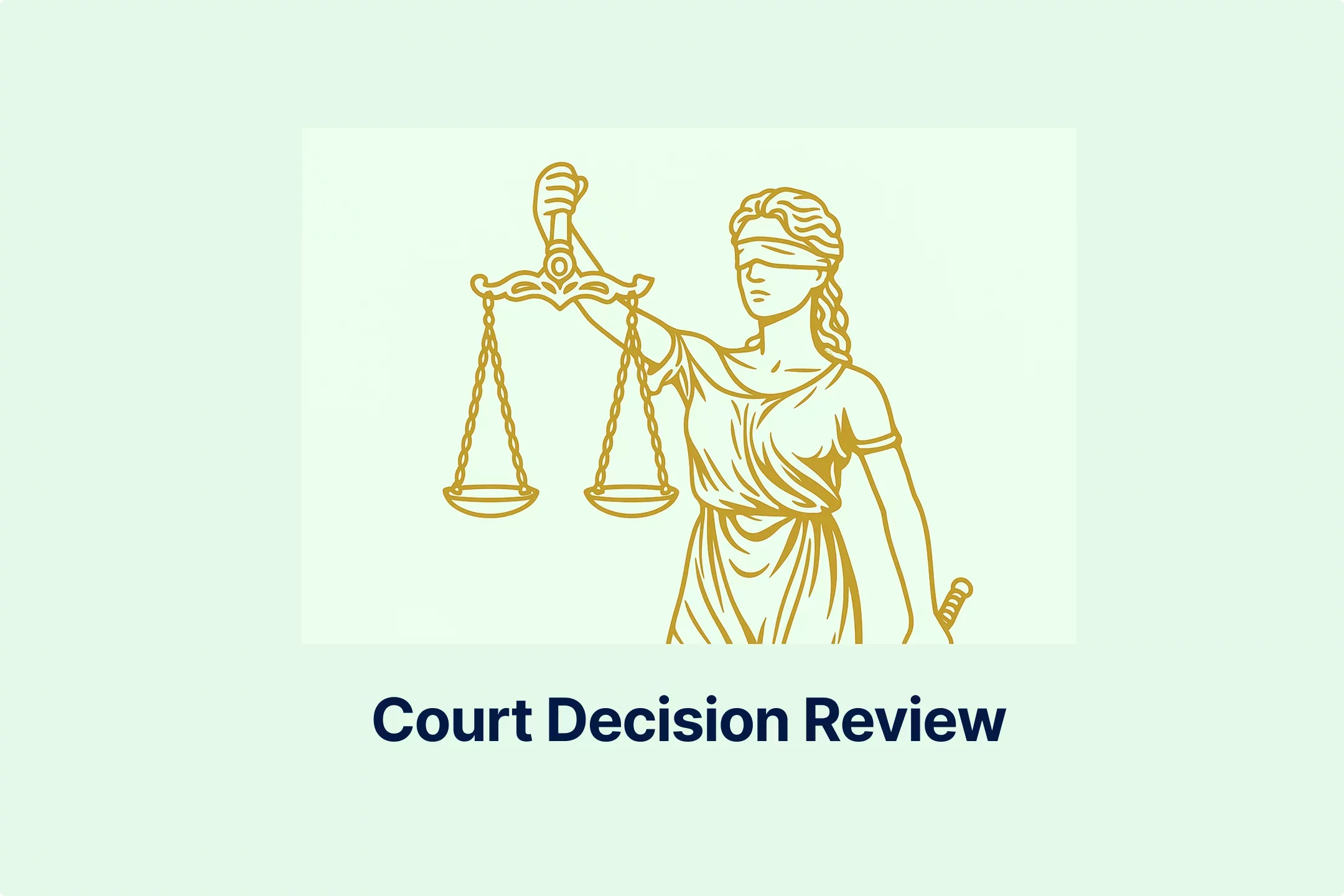


-6wv5h5eyyd.webp)
-tfgg78rbid.webp)
-a6jpv9ny8v.webp)
-qhdbapy0qr.webp)
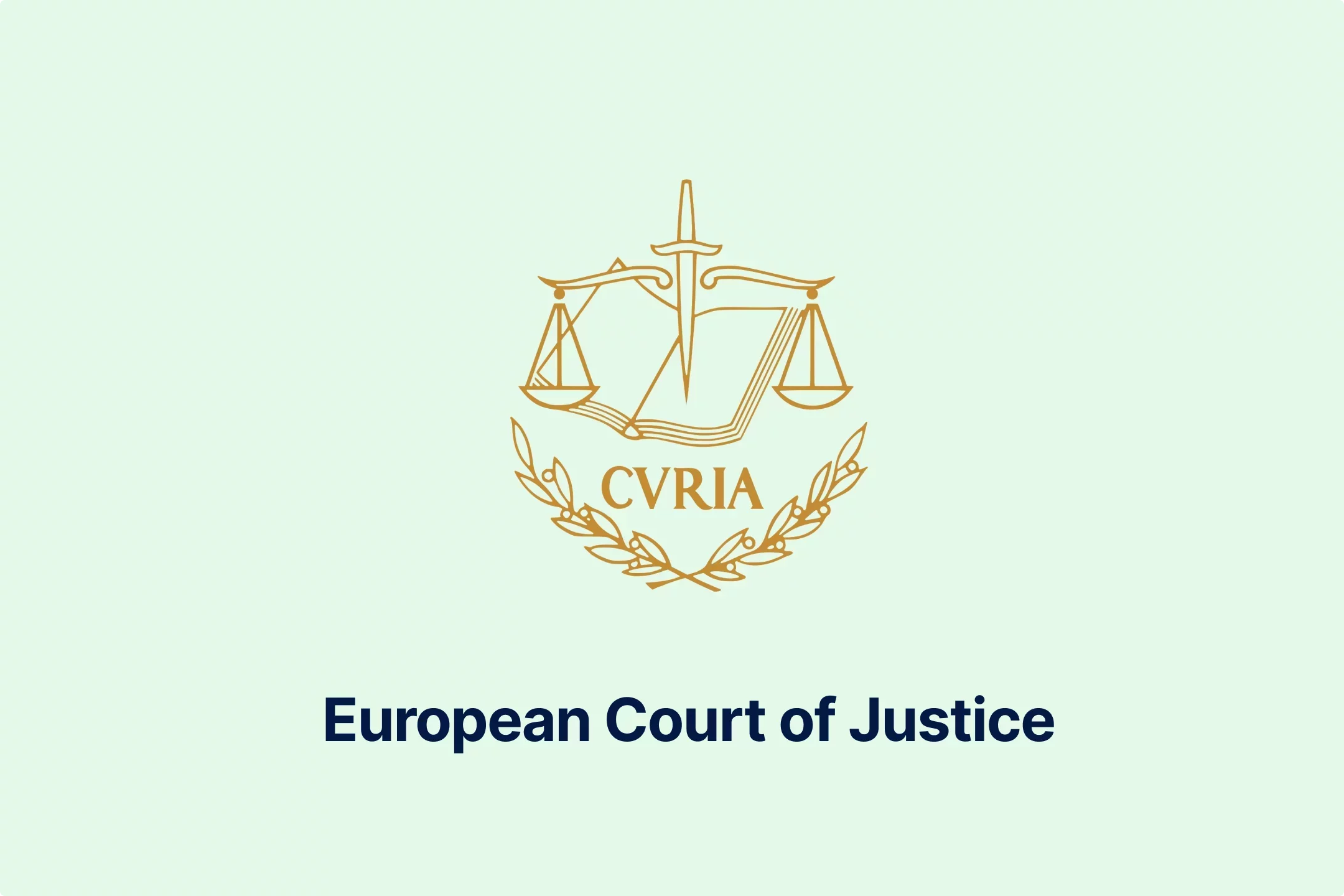
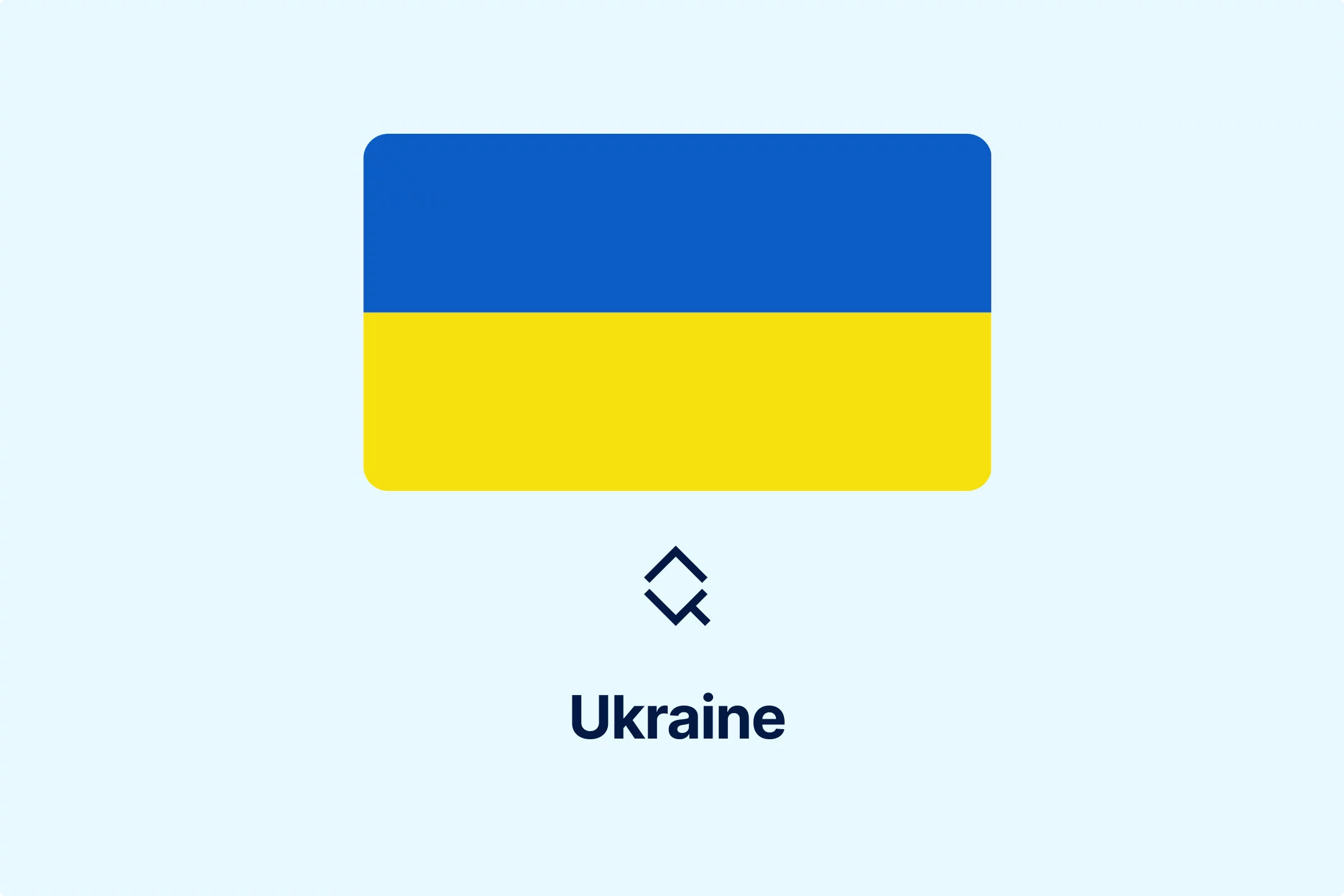
-owvu7zoc13.webp)
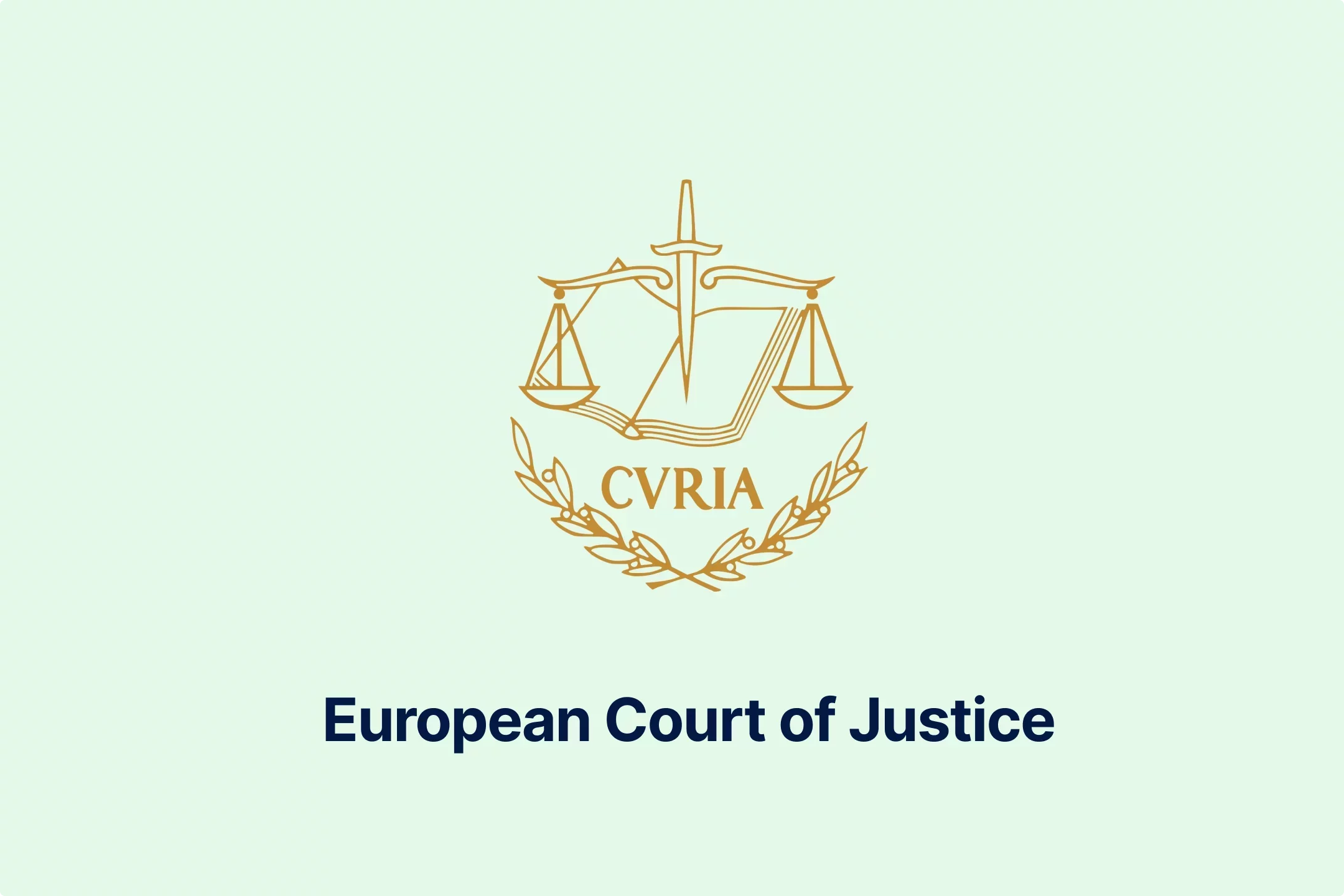

-h28jrh1ukm.webp)
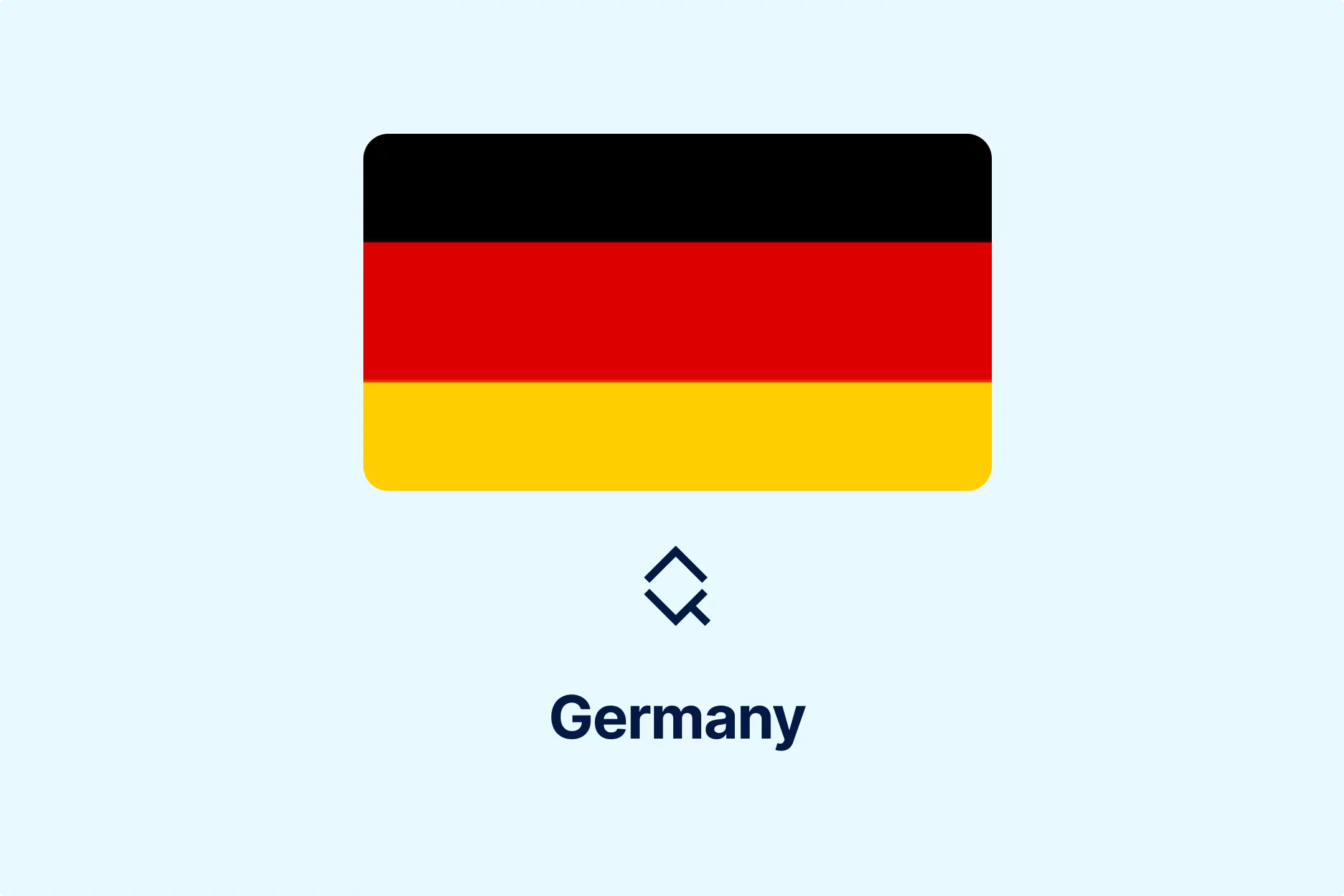
-wl9bl1rw3a.webp)

-2w76jtvtuk.webp)
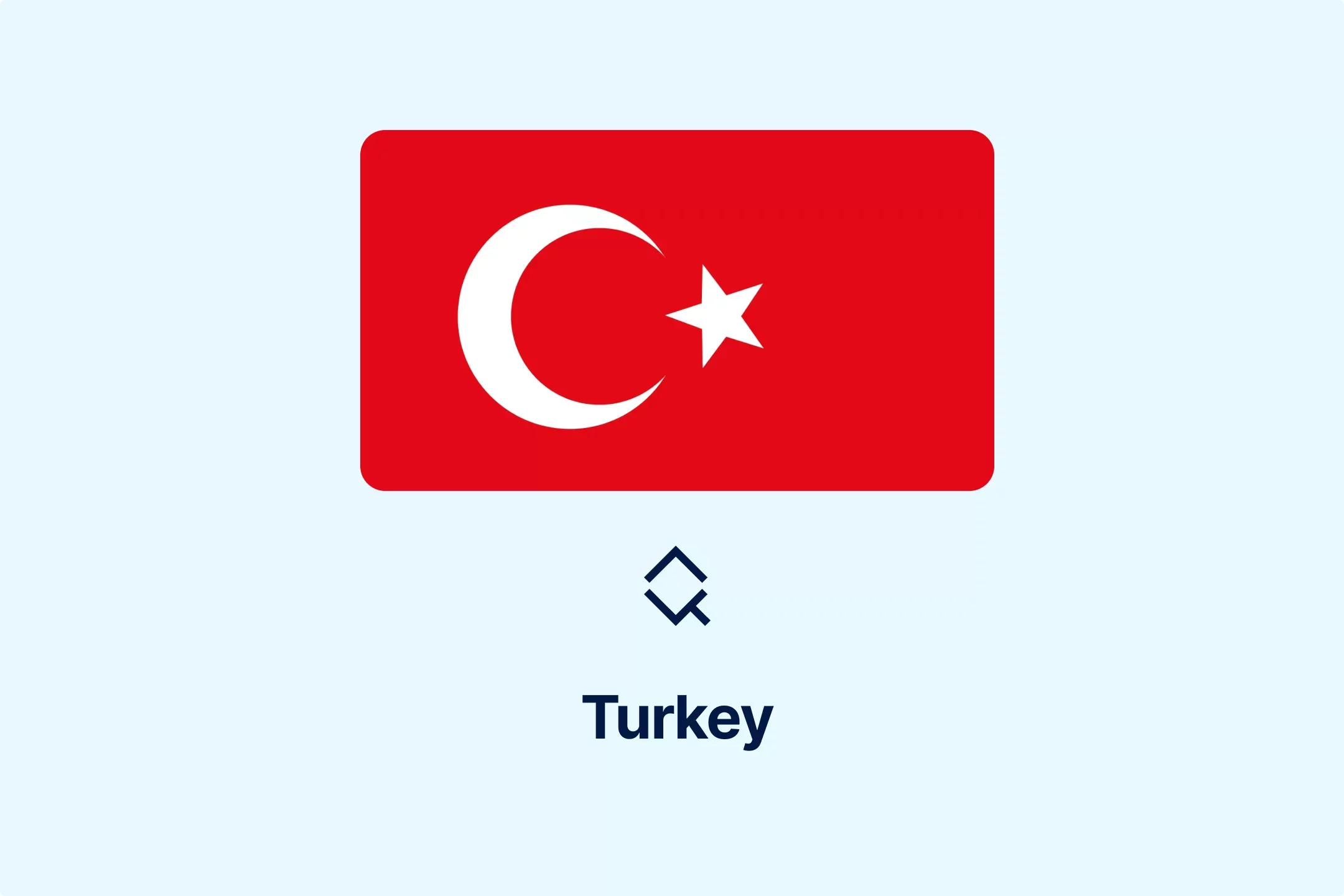
-c0uvrmrq9j.webp)
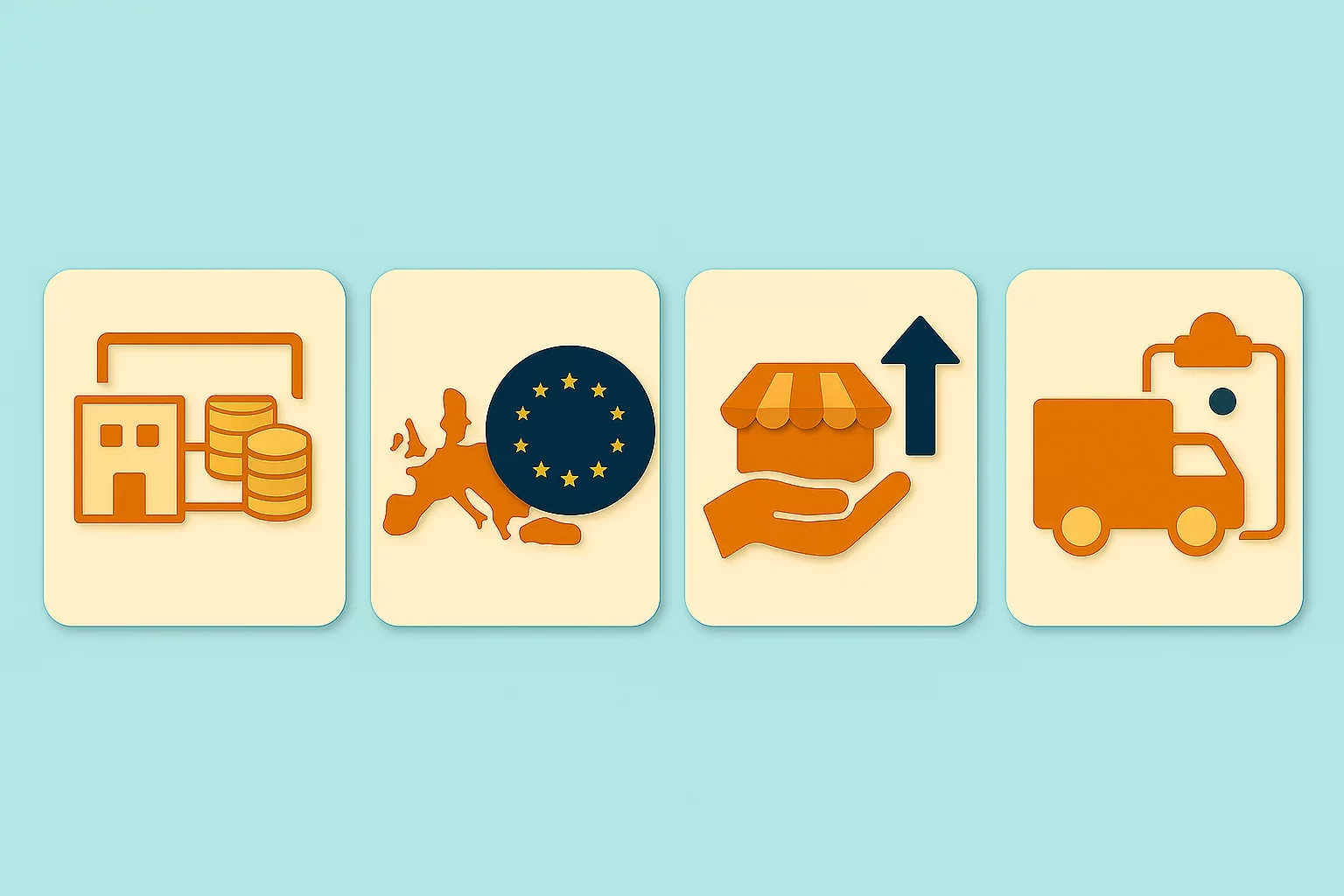


-pofe7ucwz3.webp)
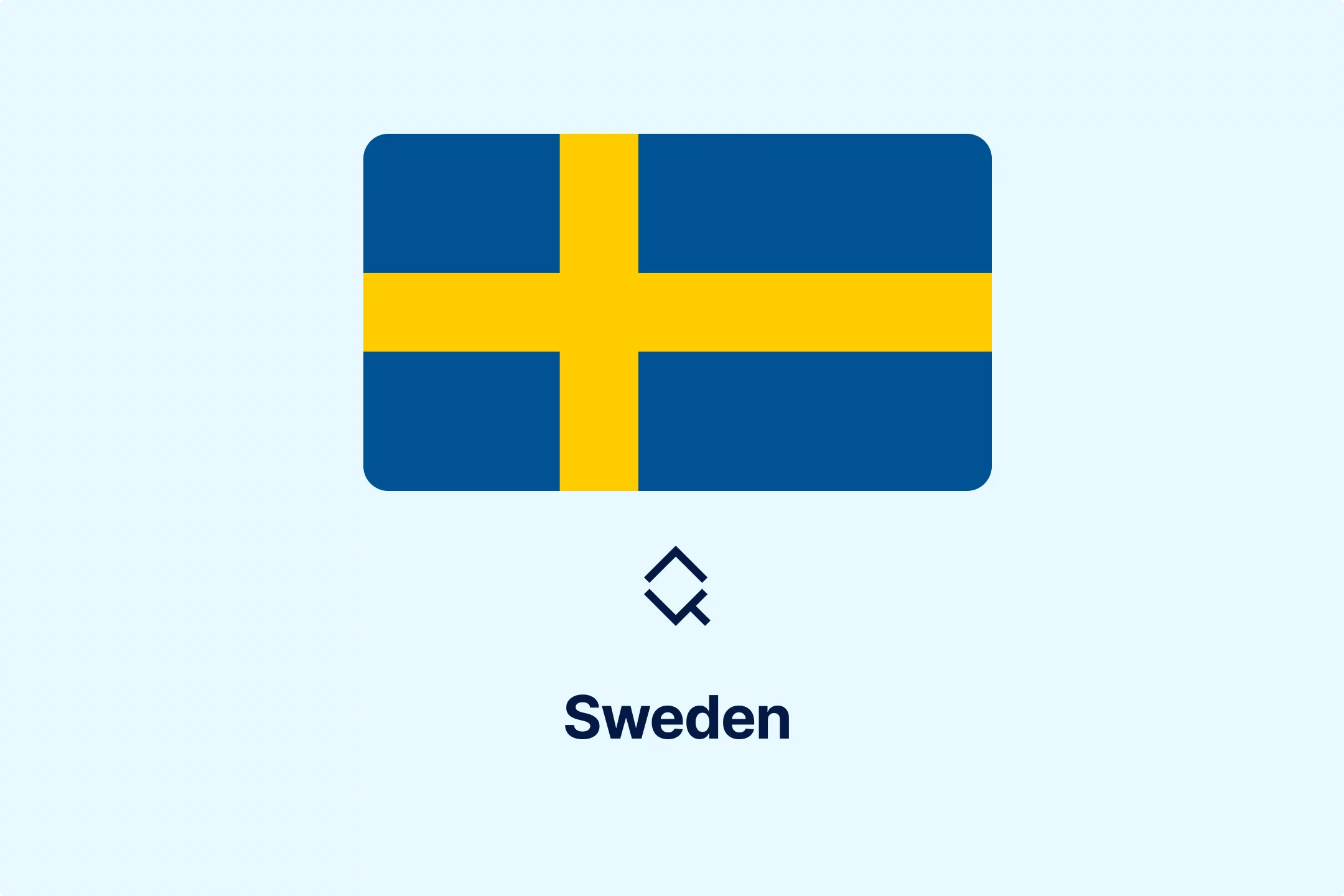
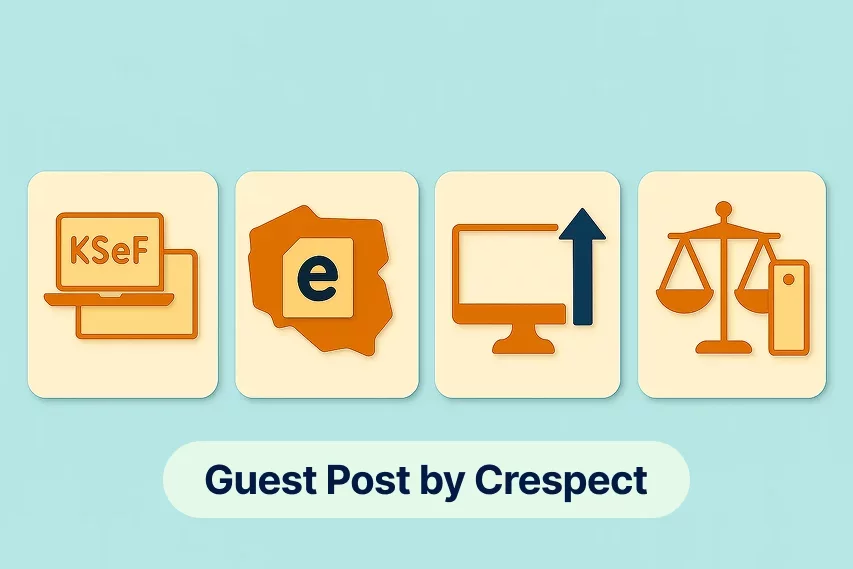
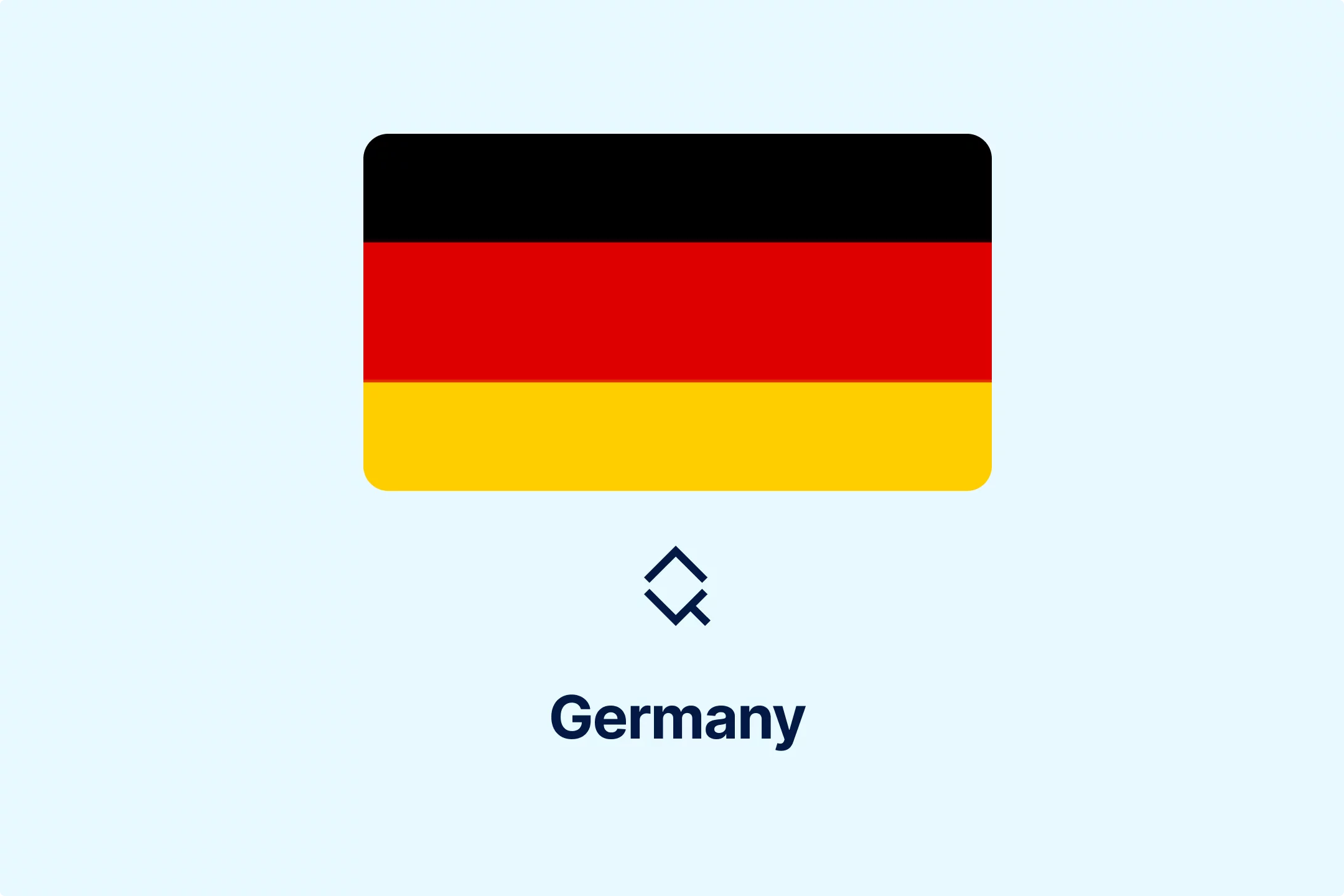
-5cc23ezxyf.webp)
-rrmabbekeb.webp)


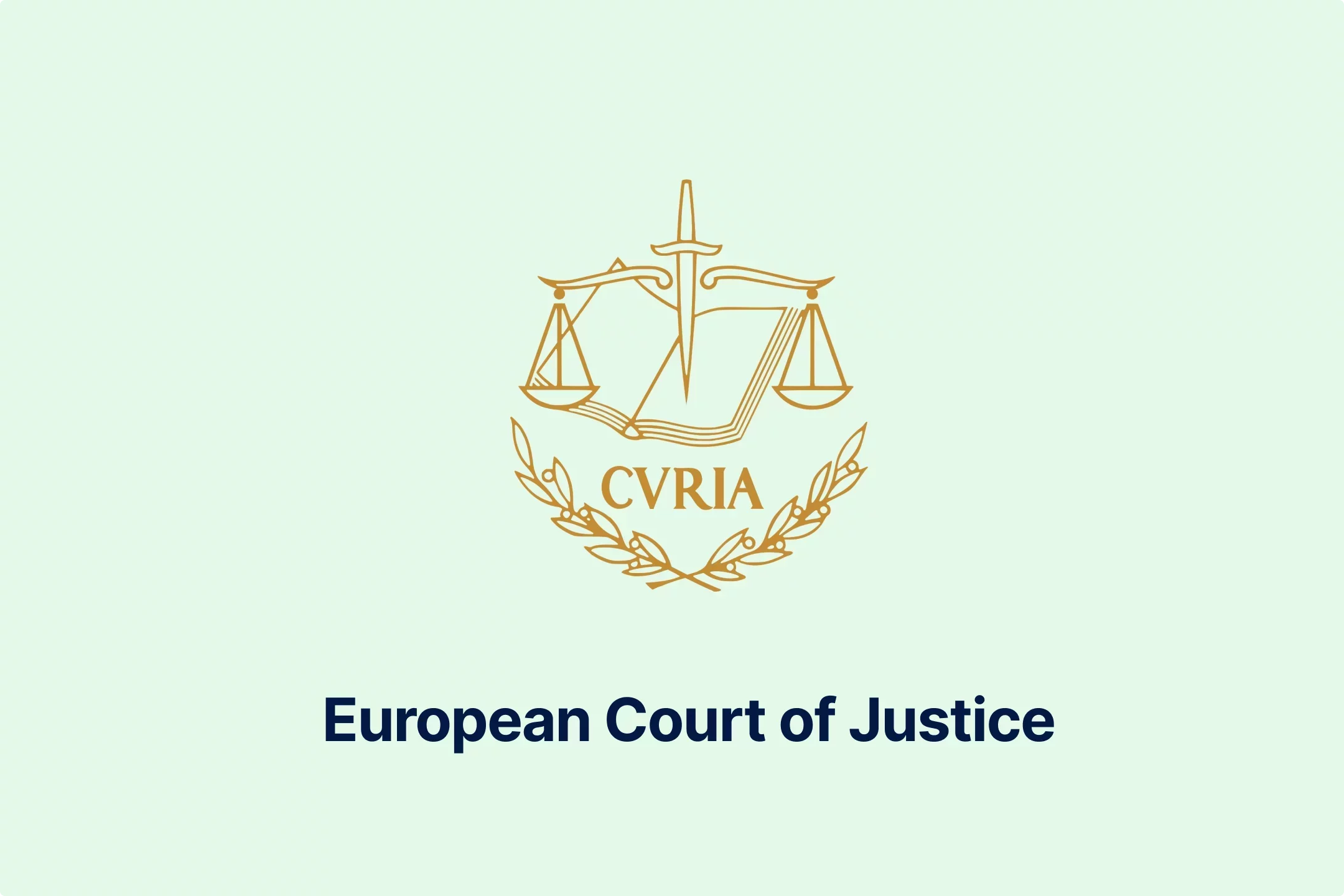

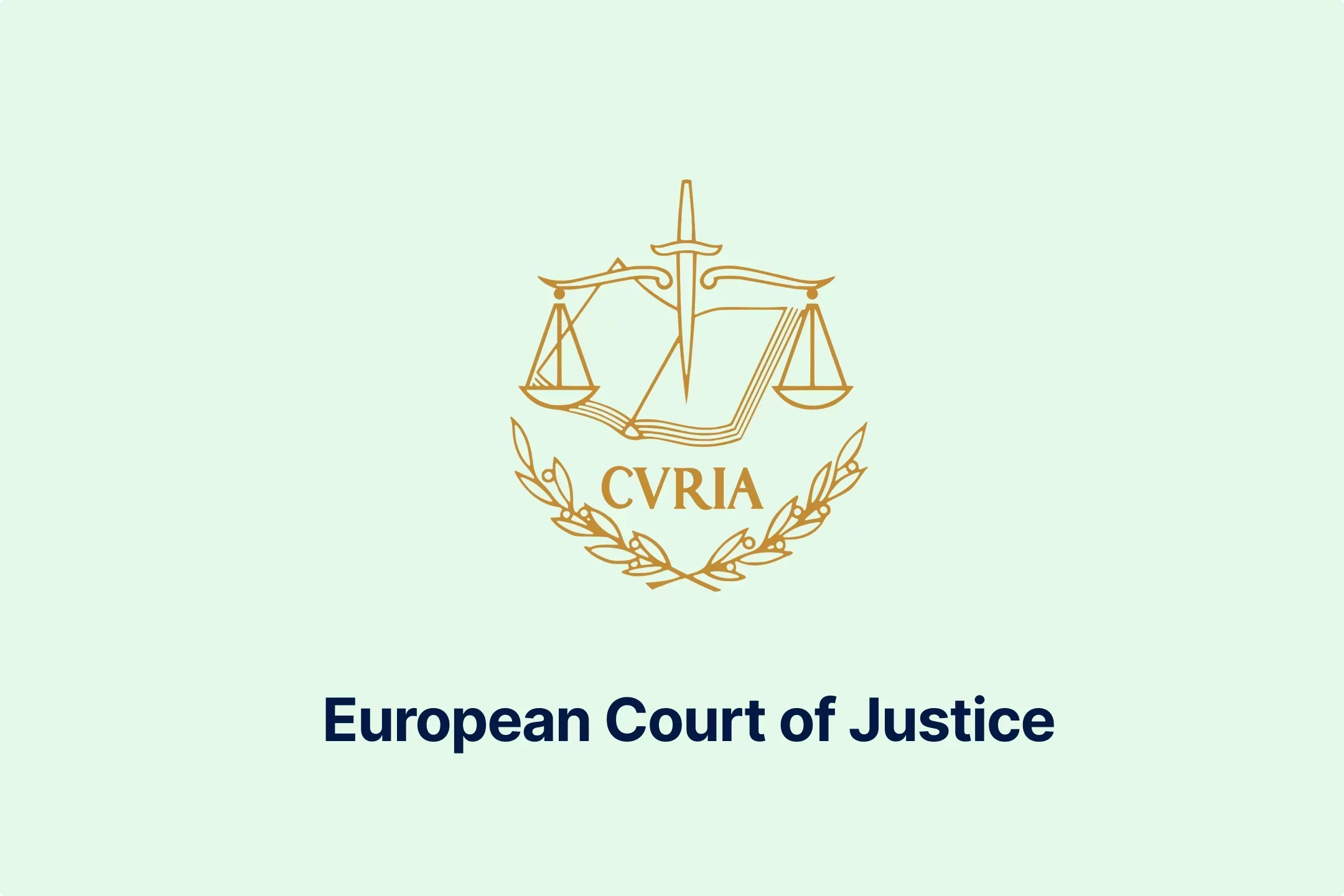

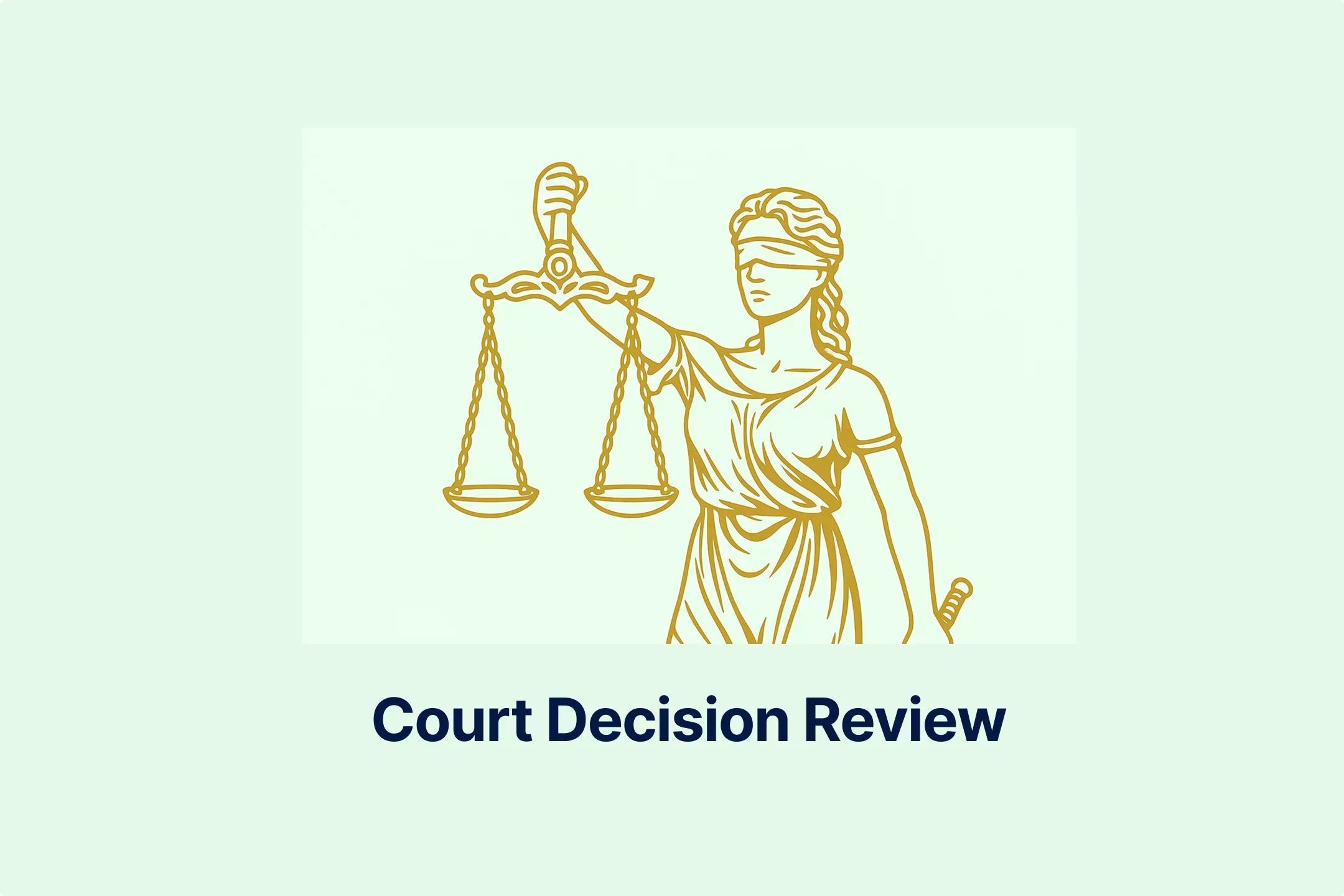
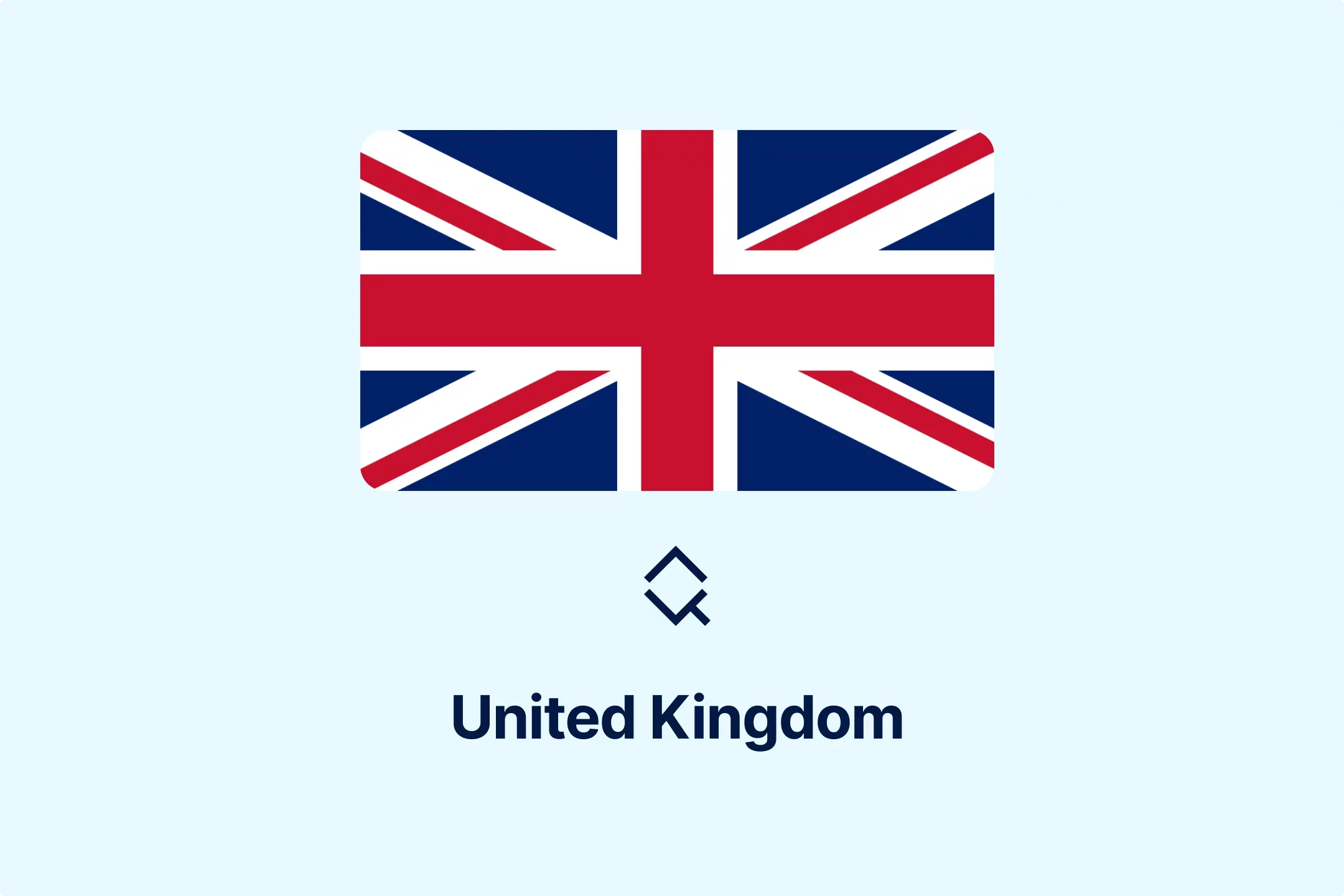
-iyyeiabtaf.webp)
-c8rbjkcs01.webp)
-nilkffjhah.webp)
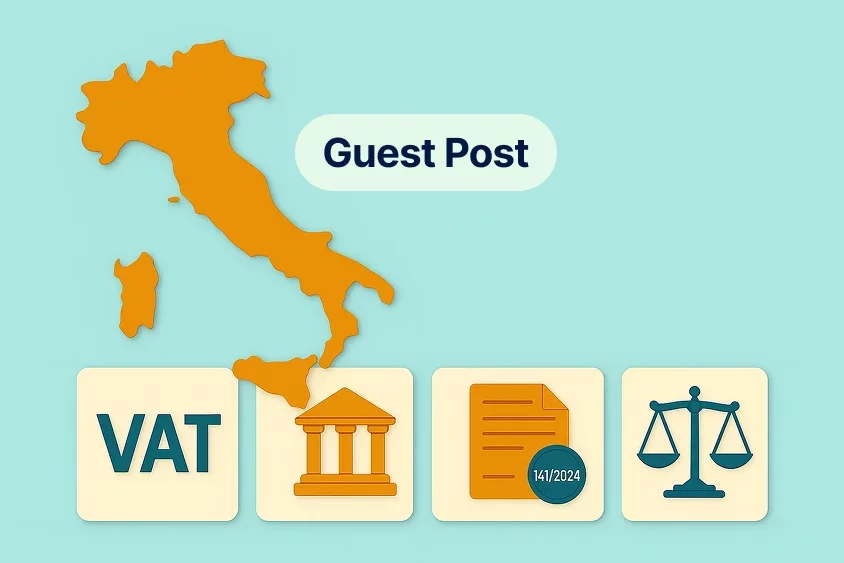
-hikakq55ae.webp)
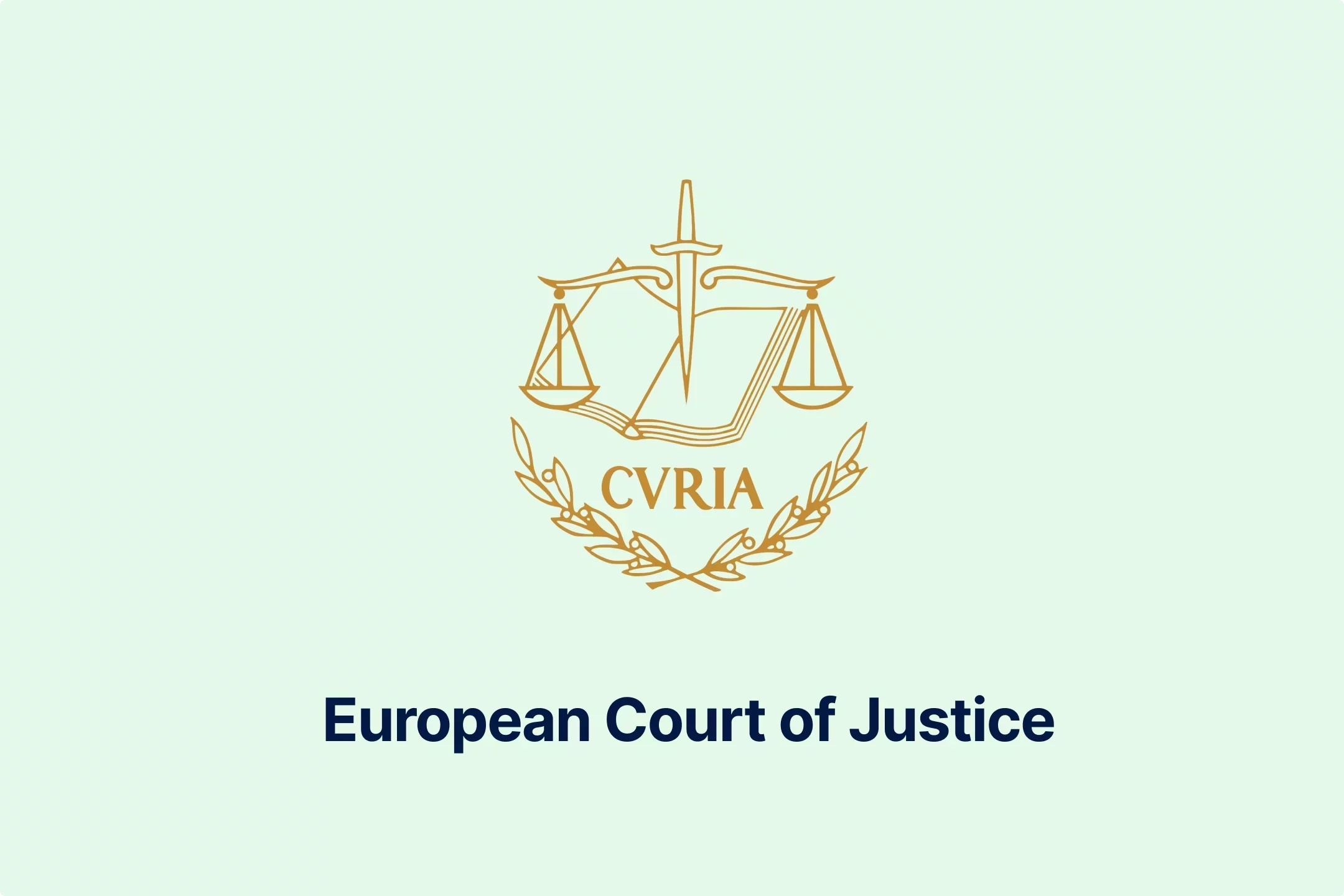
-z1d60bldtg.webp)
-d1a0q6n7mp.webp)
-viip8nvoeh.webp)
-bvv1otliox.webp)

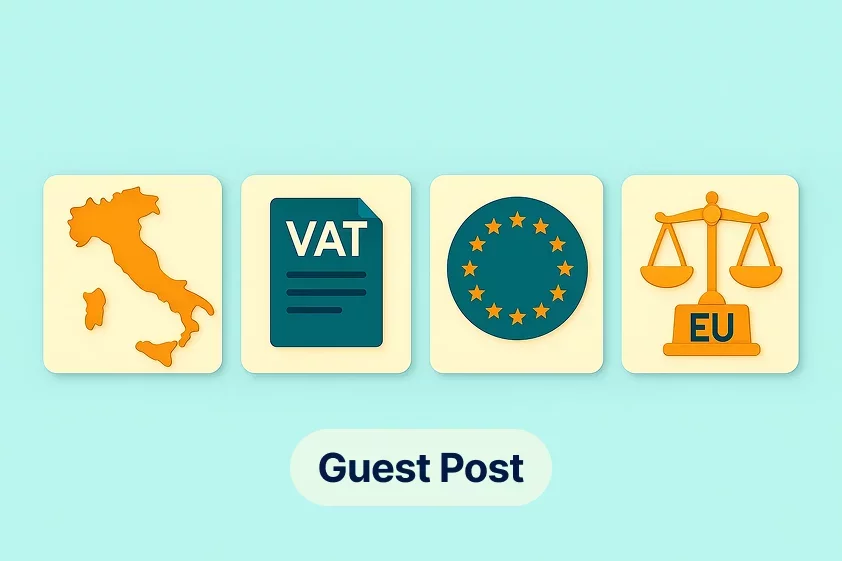
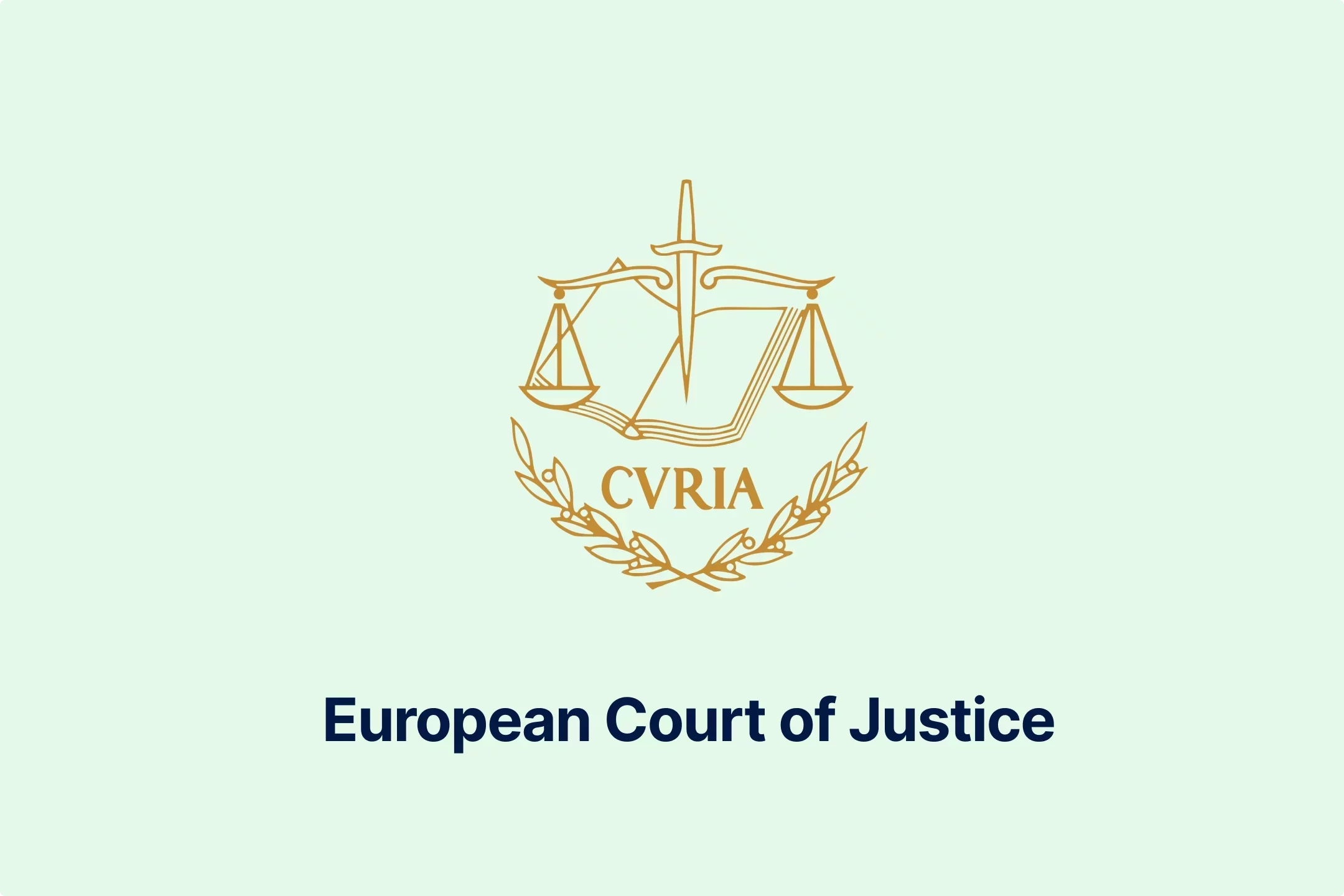
-de8hdb1bn3.webp)
-7xsxxoypnx.webp)
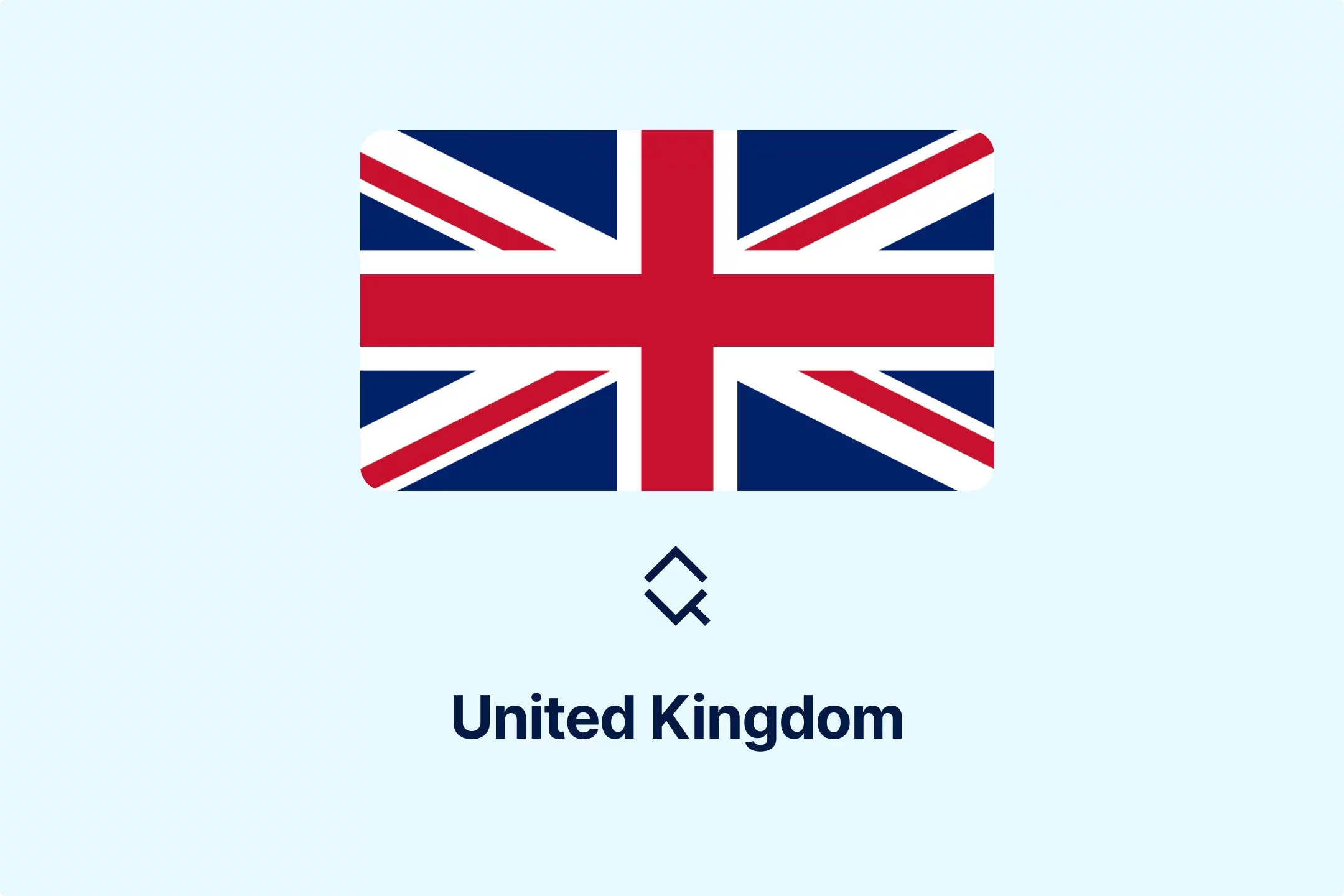
-cm0opezg73.webp)
-0tovsdupmi.webp)
-subxdamdj6.webp)
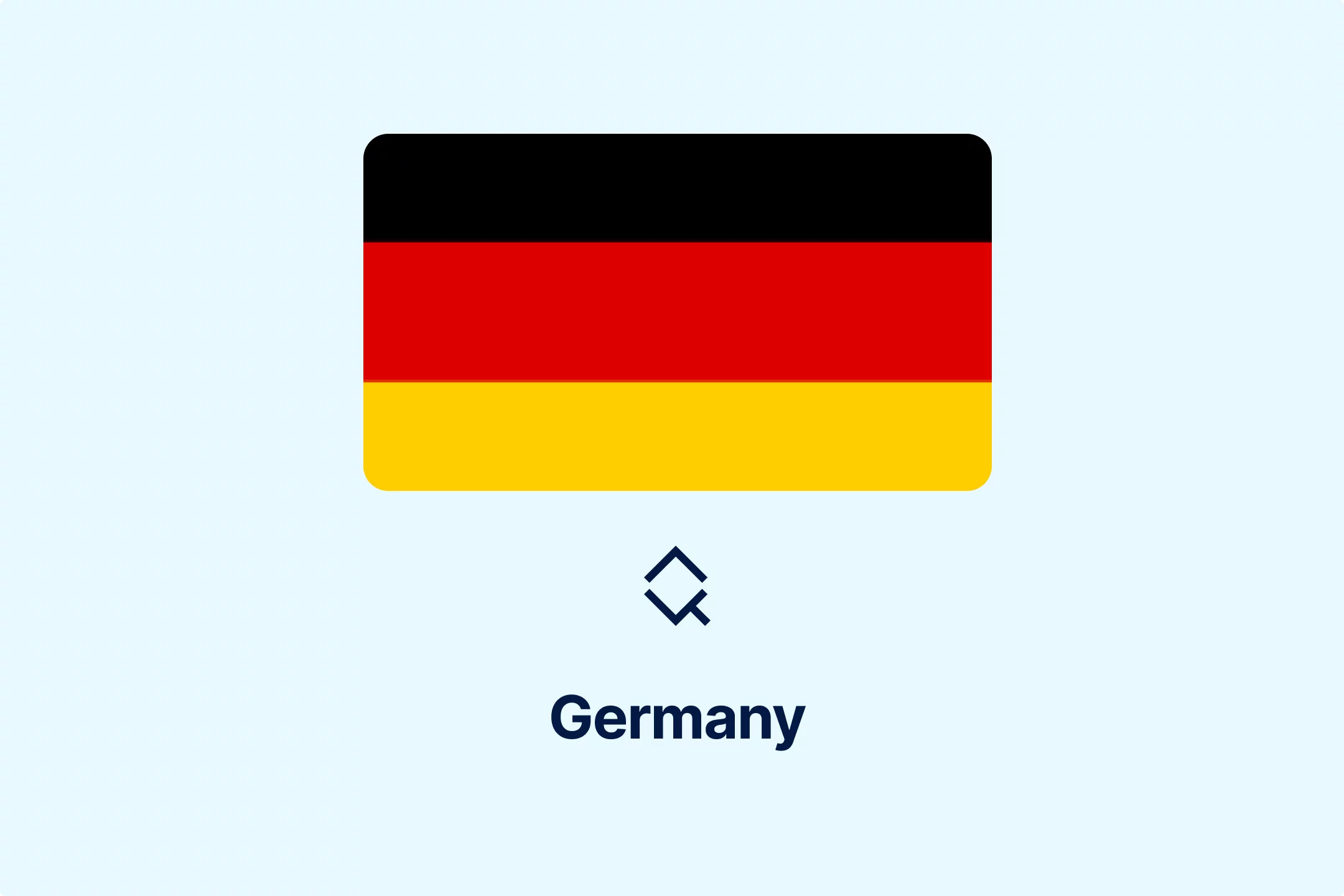
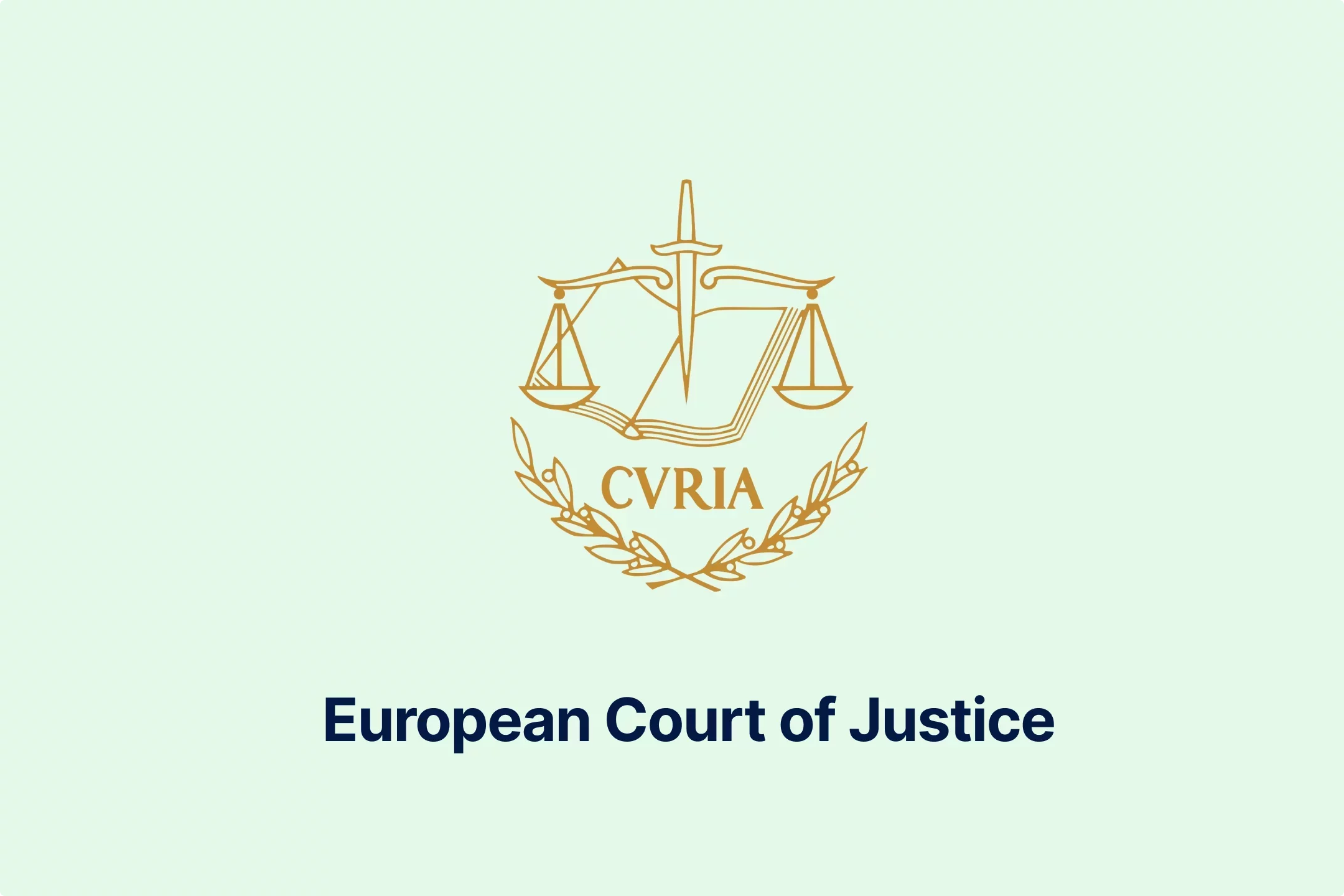
-gly6ablwnh.webp)
-gkduqhwbzh.webp)
-qpe1ld9vcj.webp)
-8noukwsmba.webp)
-aka29tuhkt.webp)


-fisvs27yrp.webp)


-mp0jakanyb.webp)

-aivzsuryuq.webp)



-o7f4ogsy06.webp)

-zjja92wdje.webp)
-hrbhdts8ry.webp)
-qtdkwpgkug.webp)


-cf8ccgah0p.webp)
-0em3cif5s6.webp)





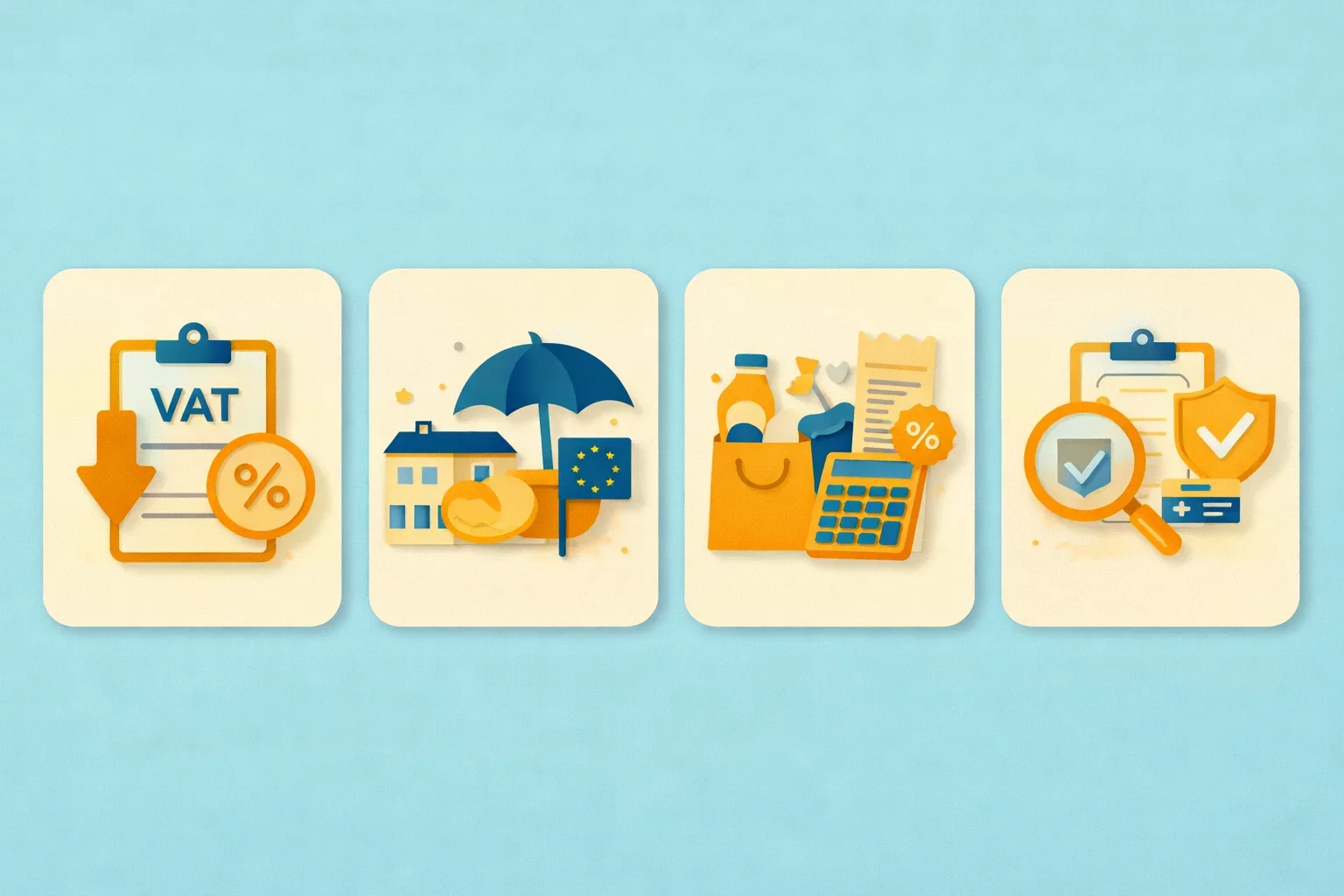
-ptzesl0kij.webp)

-tfzv42pyms.webp)
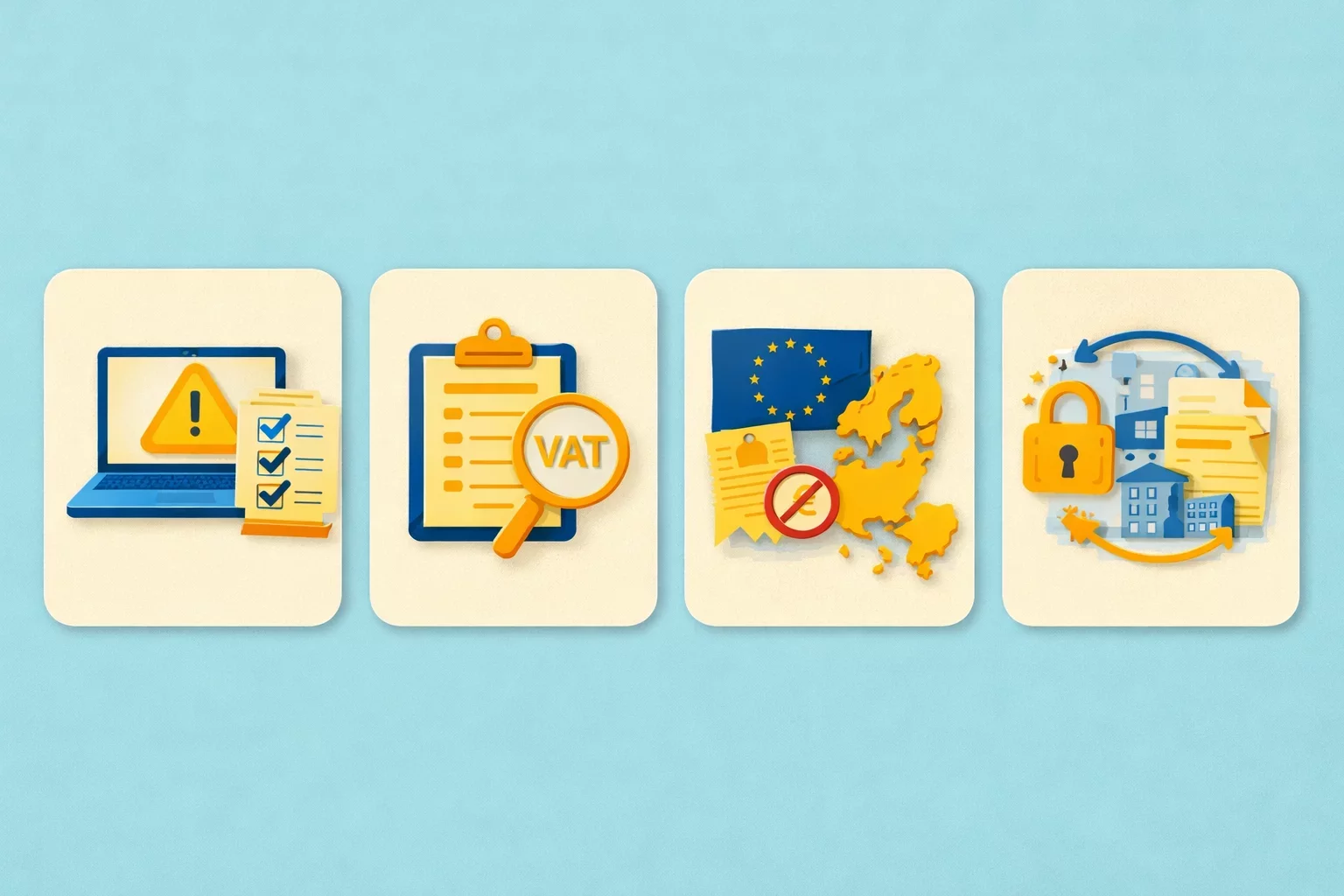






-uodv7sfbih.webp)
-bbrdfmm9qf.webp)



-m2tl8crfqr.webp)




-1awbqjgpjs.webp)
-avbjsn1k1g.webp)


-0h8ohkx6s0.webp)


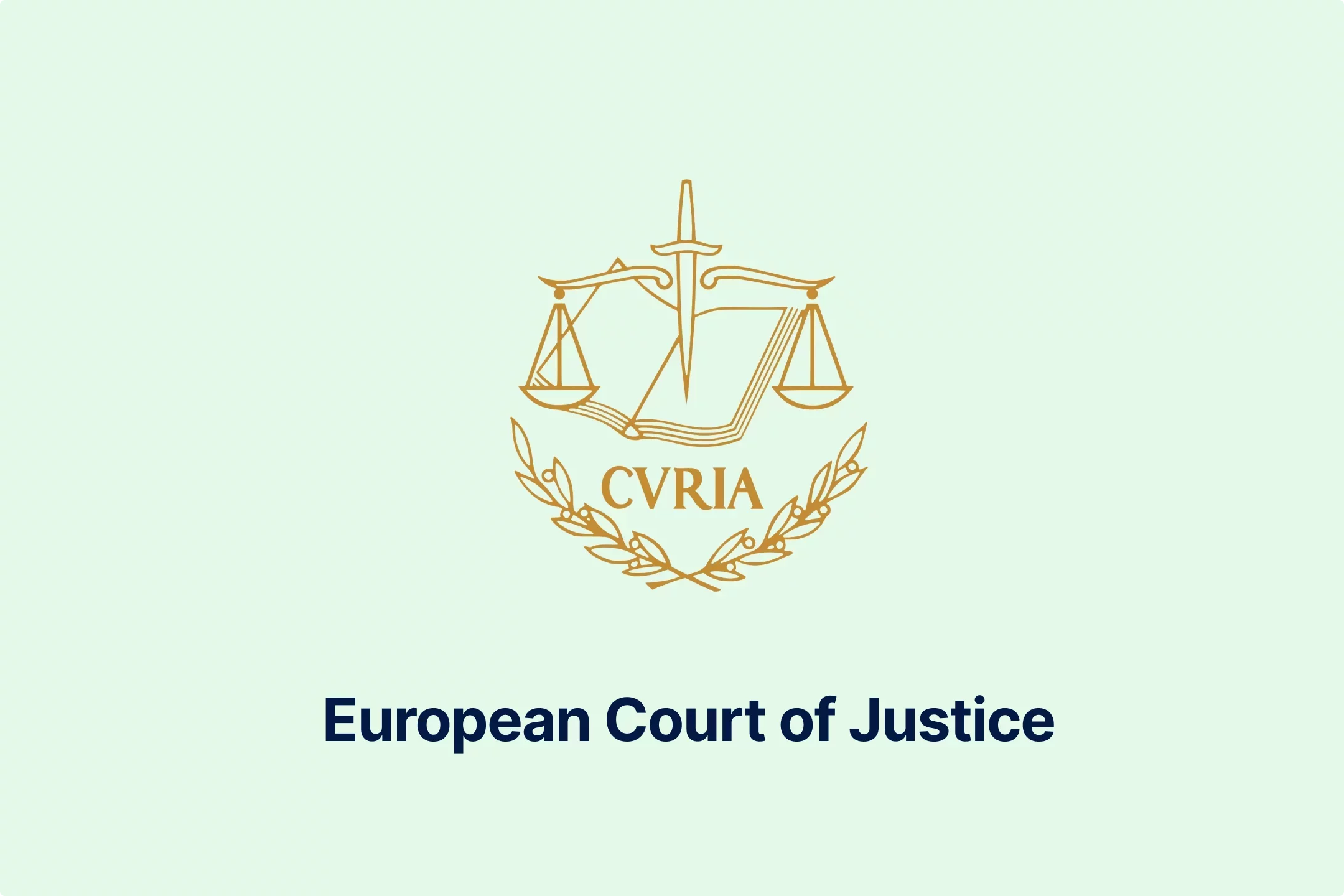
-wfmqhtc7i6.webp)
-7wljbof2zo.webp)

-eqt97uyekl.webp)
-wzw9mcf563.webp)

-z4oxr6i0zd.webp)




-l0zcrrzvhb.webp)
-fhtic1pwml.webp)

-iipdguuz9p.webp)
-nkhhwrnggm.webp)
-pltqwerr3w.webp)

-nn6mtfbneq.webp)

-tmnklelfku.webp)



-8z1msbdibu.webp)
-7g16lgggrv.webp)



-lxcwgtzitc.webp)
-9mc55kqwtx.webp)


-xla7j3cxwz.webp)
-jrdryw2eil.webp)






-t9qr49xs2u.webp)


-qjopq5jplv.webp)



-vune1zdqex.webp)

-qsozqjwle2.webp)
-rgjta7iwiv.webp)

-zb6bxxws47.webp)
-lyfjzw4okp.webp)

-ogpfmol5m1.png)


-czisebympl.png)

-zetvivc79v.png)
-ud7ylvkade.png)
-qizq6w2v5z.png)







-ihr6b4mpo1.webp)
-k1j4au0ph6.webp)
-swxxcatugi.webp)


-ig9tutqopw.webp)

-tauoa6ziym.webp)

-spr0wydvvg.webp)
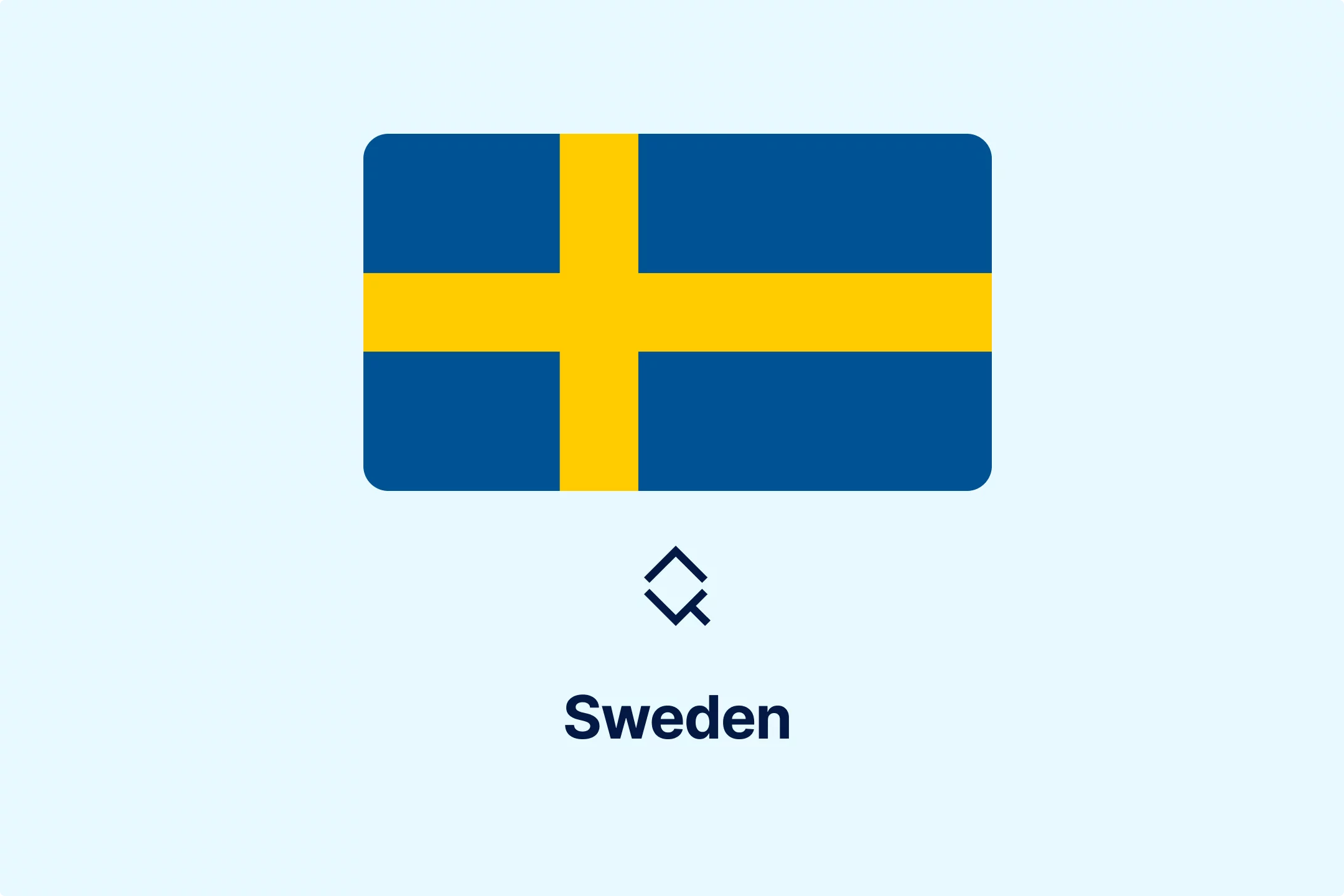
-xfuognajem.webp)





-u2nv5luoqc.webp)








-opuxpan2iu.webp)




-kwttsfd8ow.webp)
-8u14qi10nj.webp)

-wjpr96aq5g.webp)

.png)

.png)


.png)


.png)



.png)
.png)
.png)
.png)
.png)

.png)
.png)




.png)
.png)



































































































































